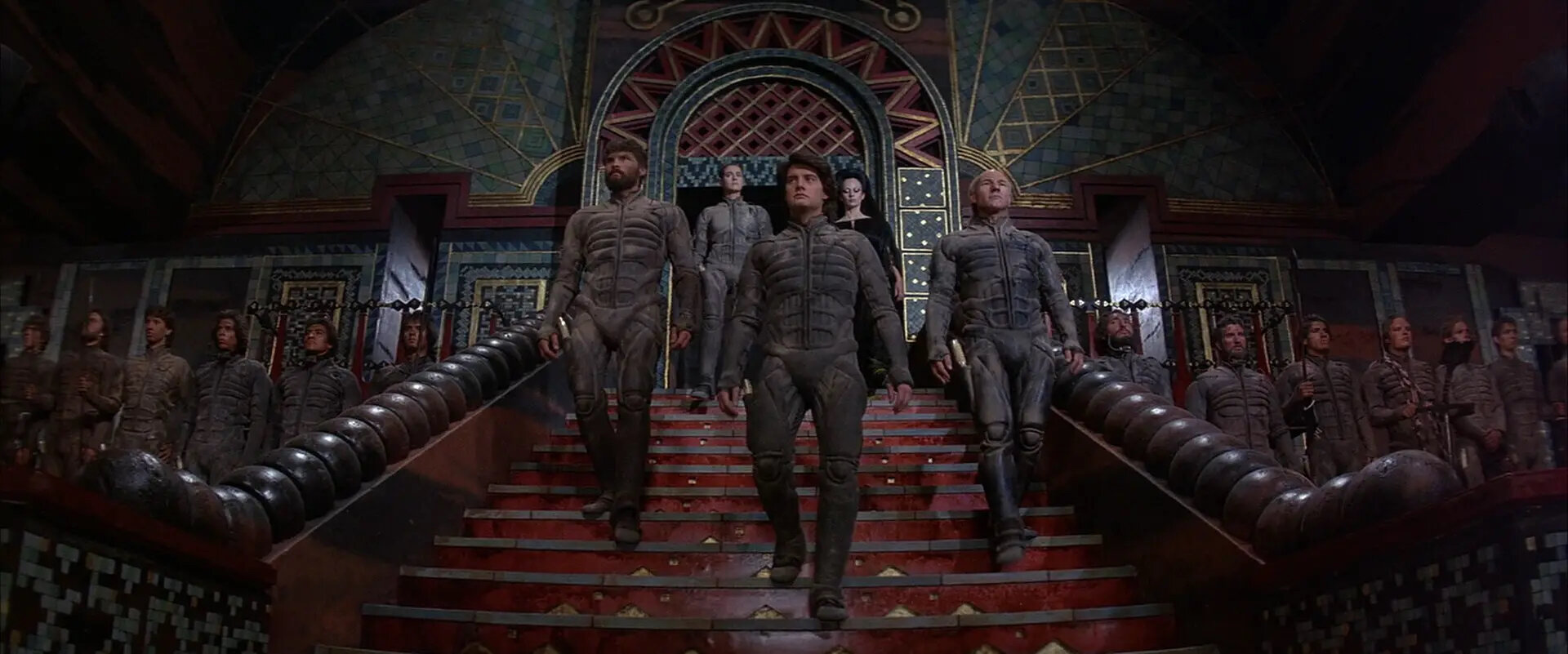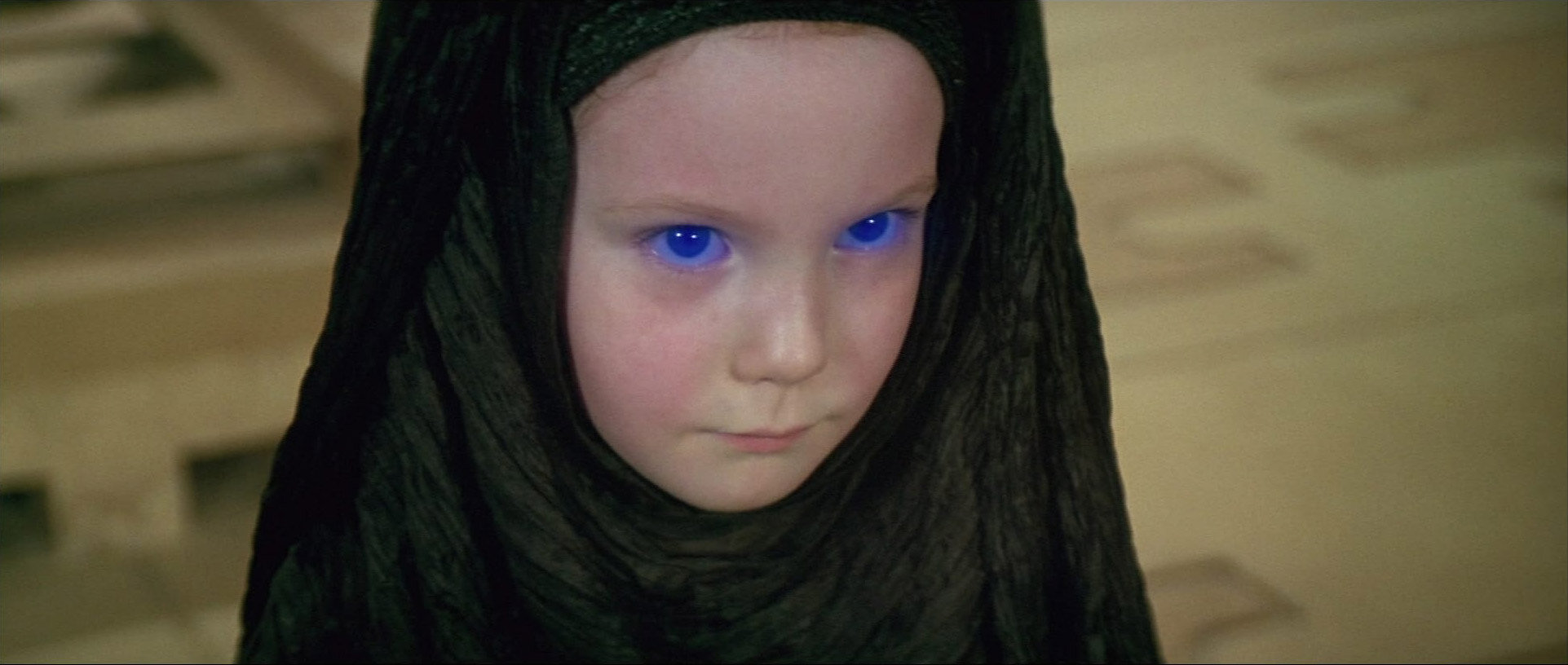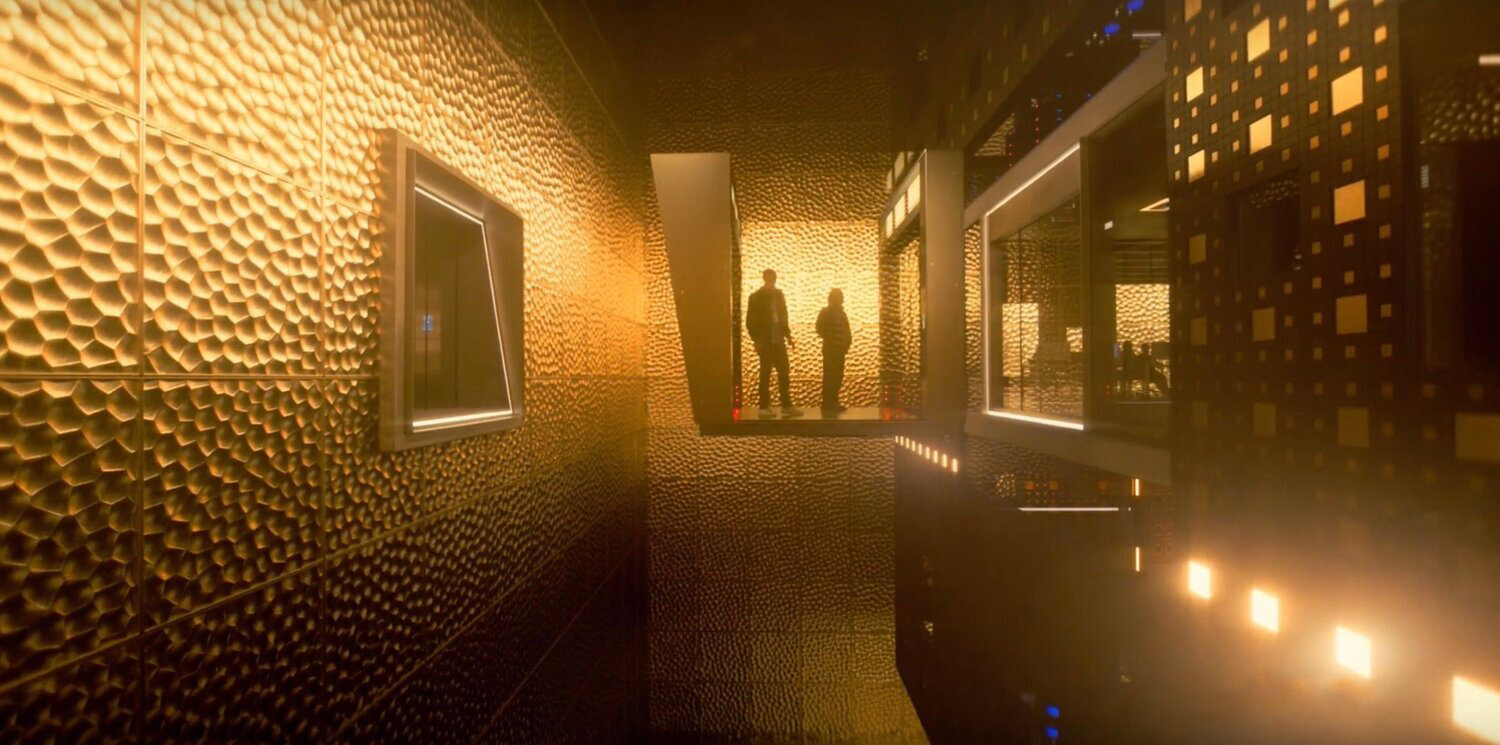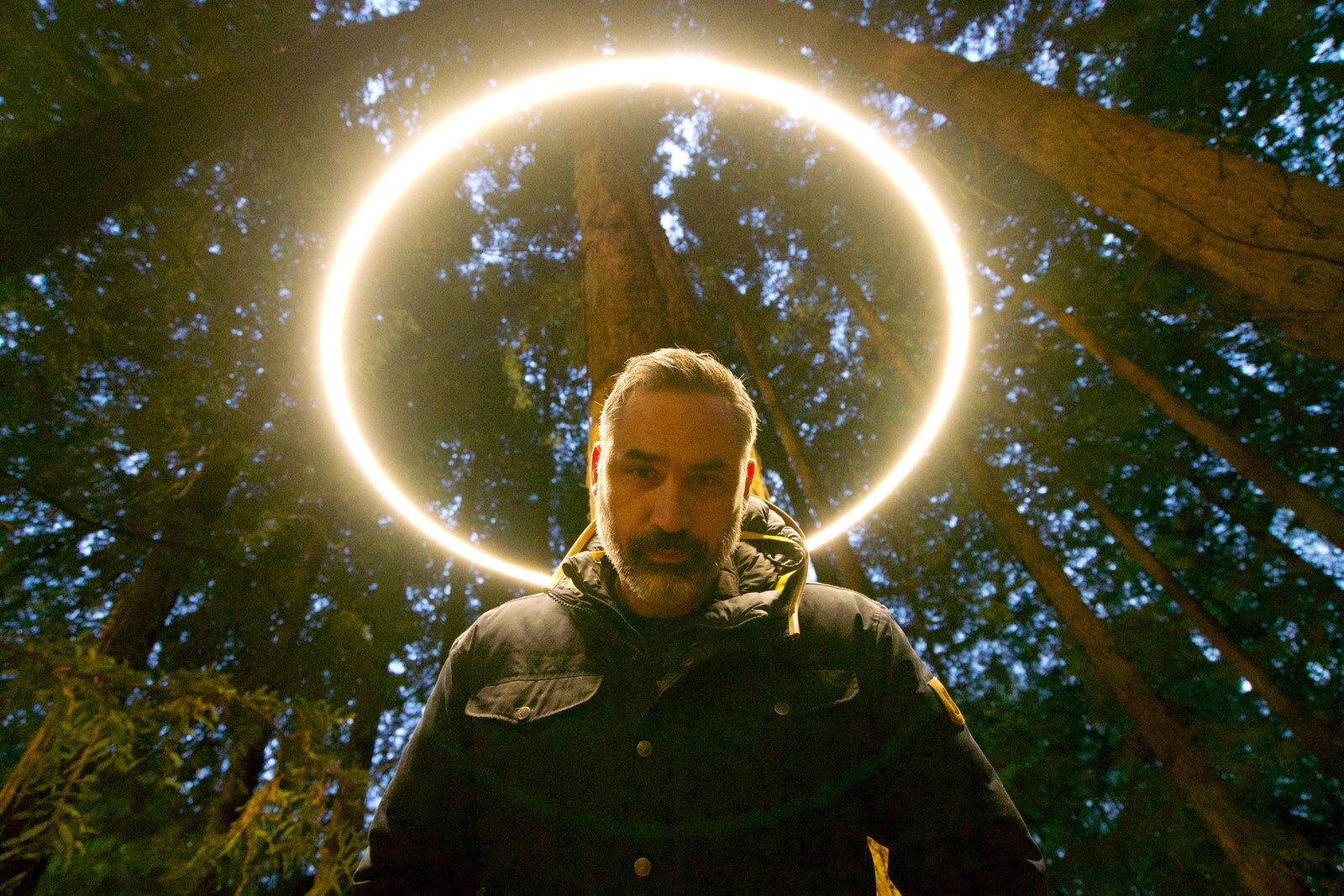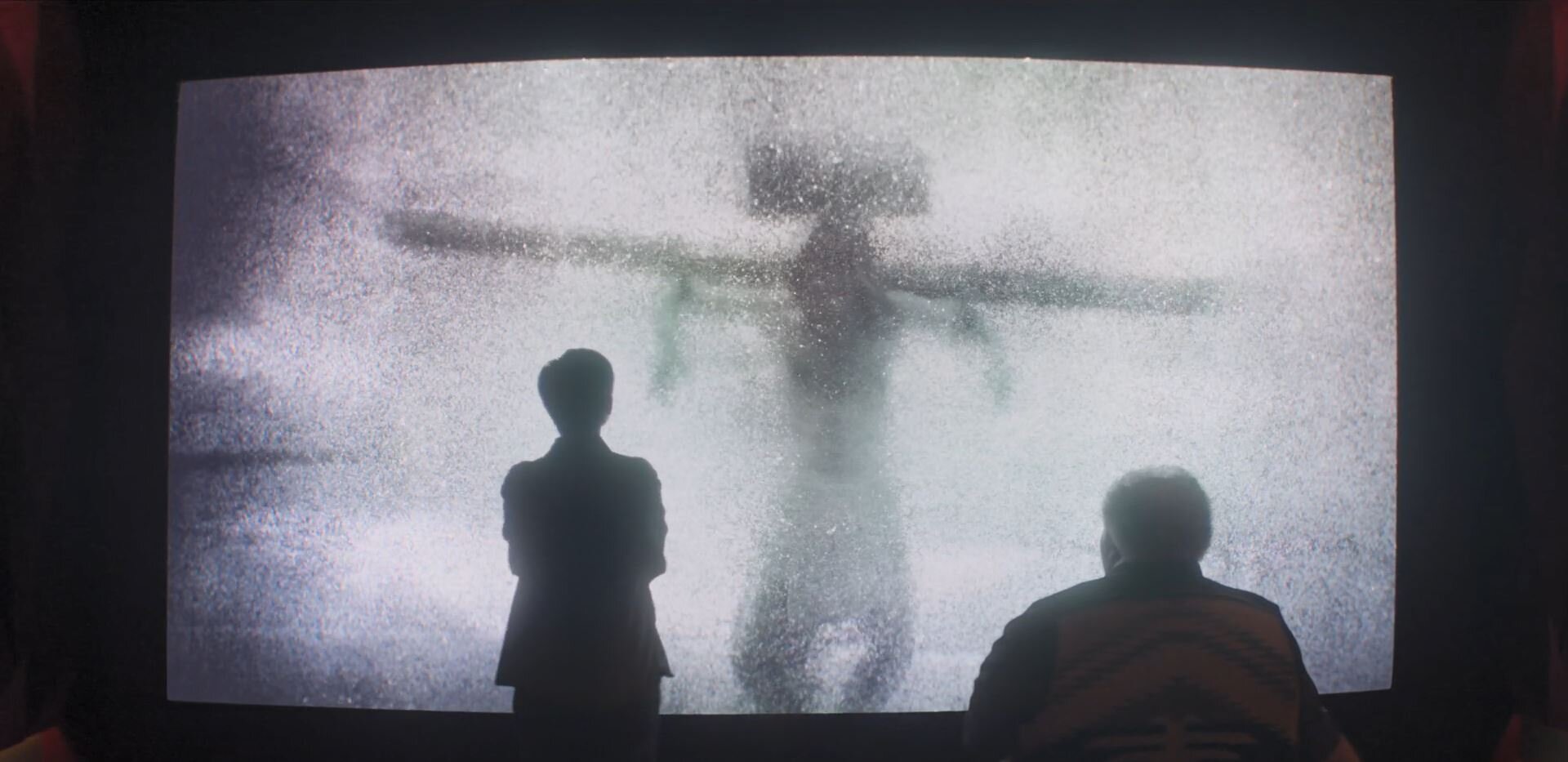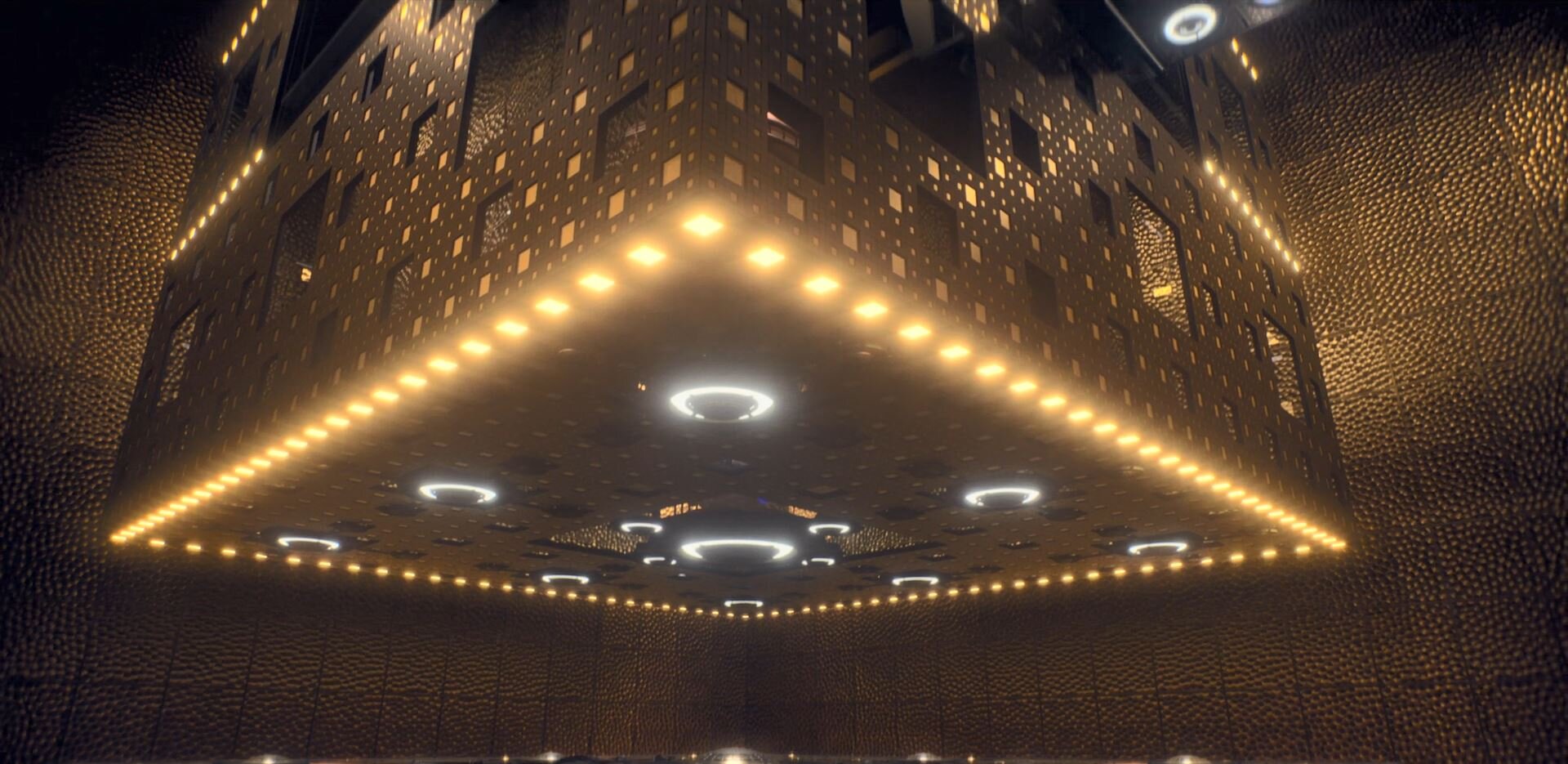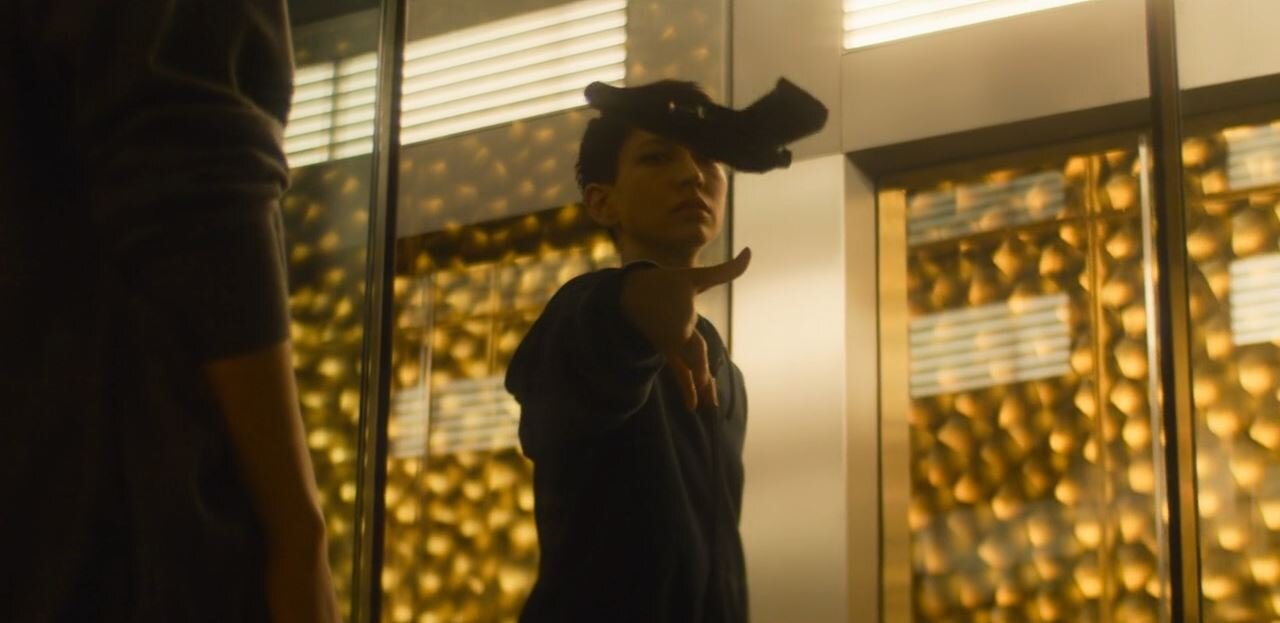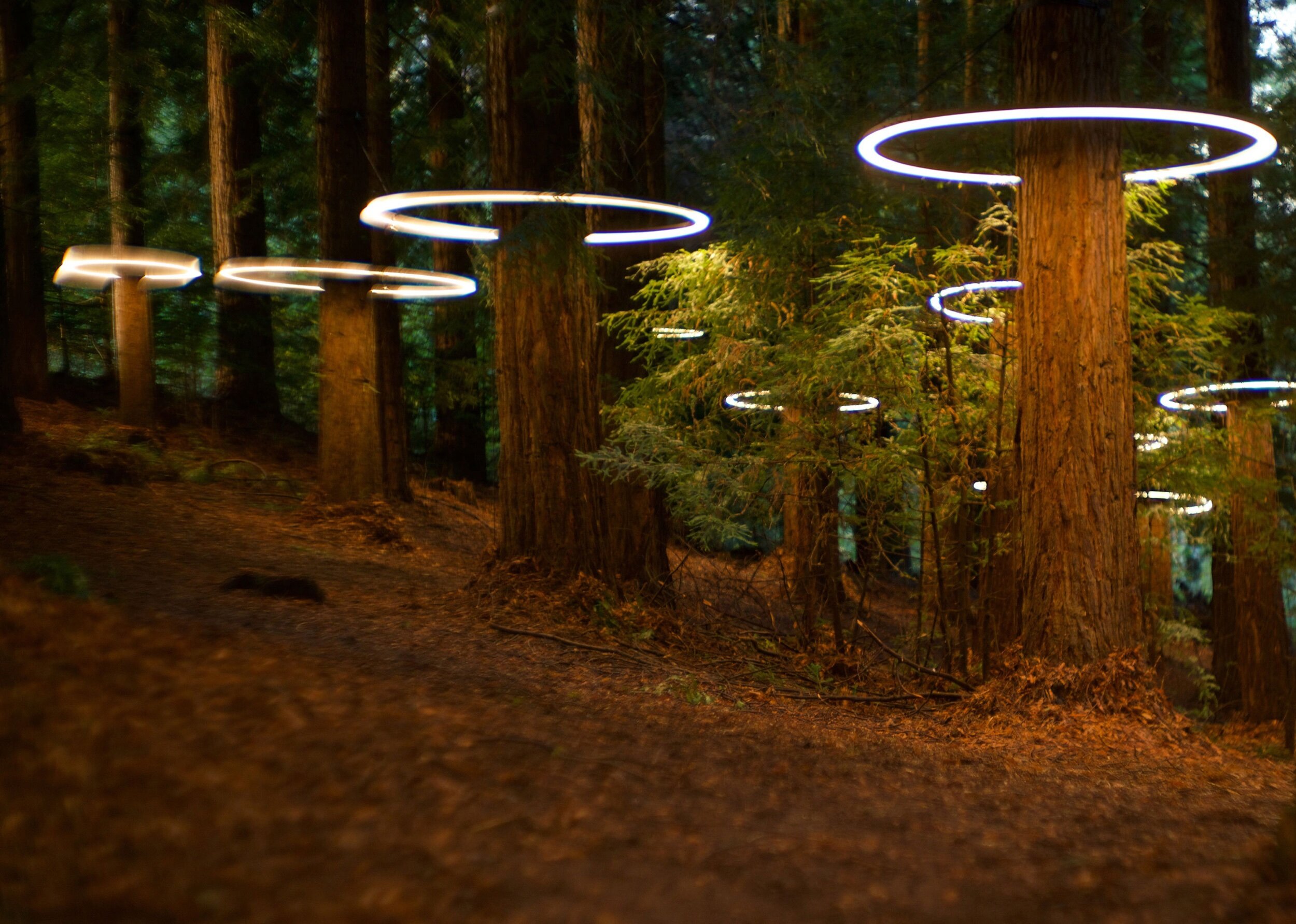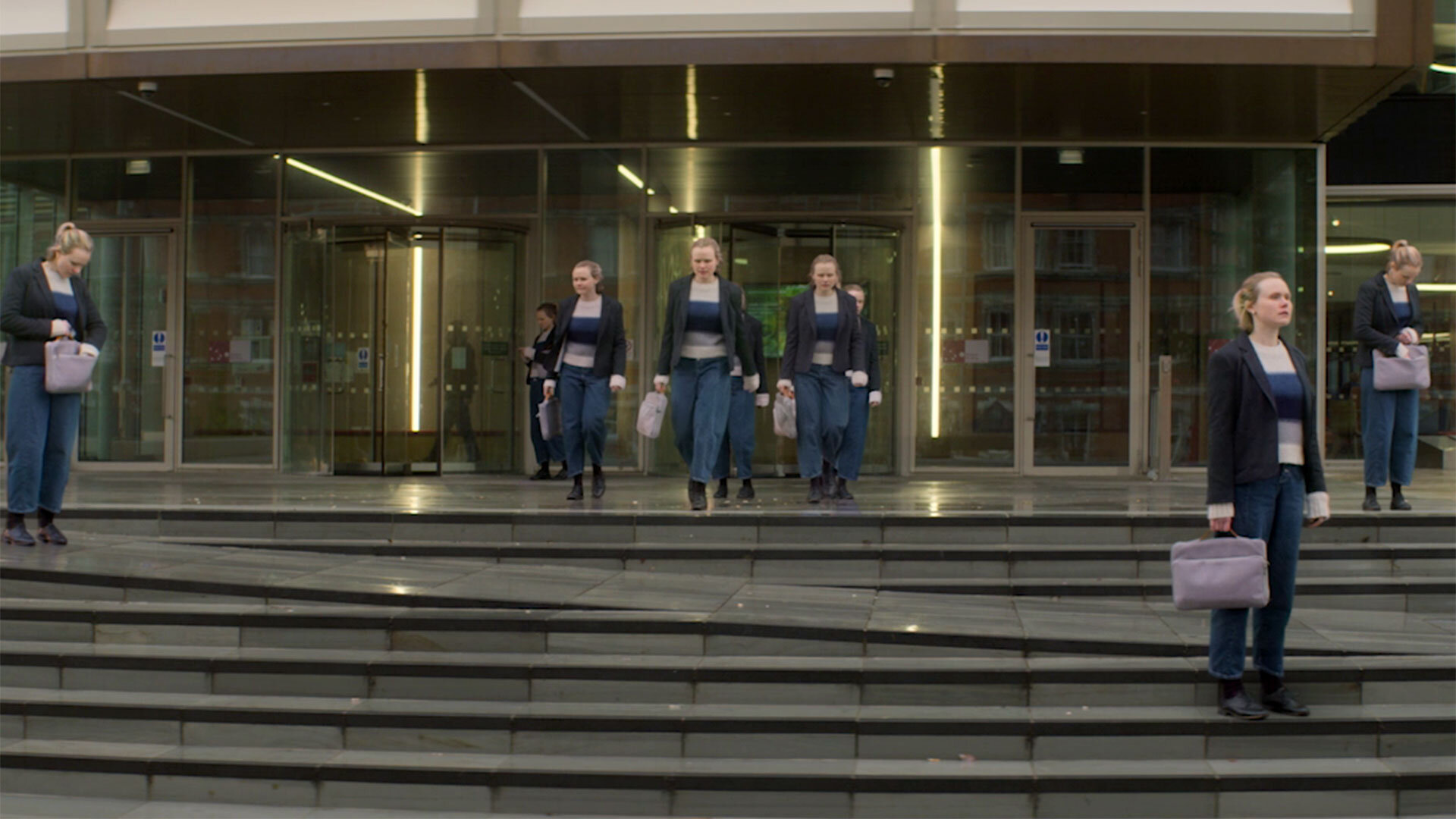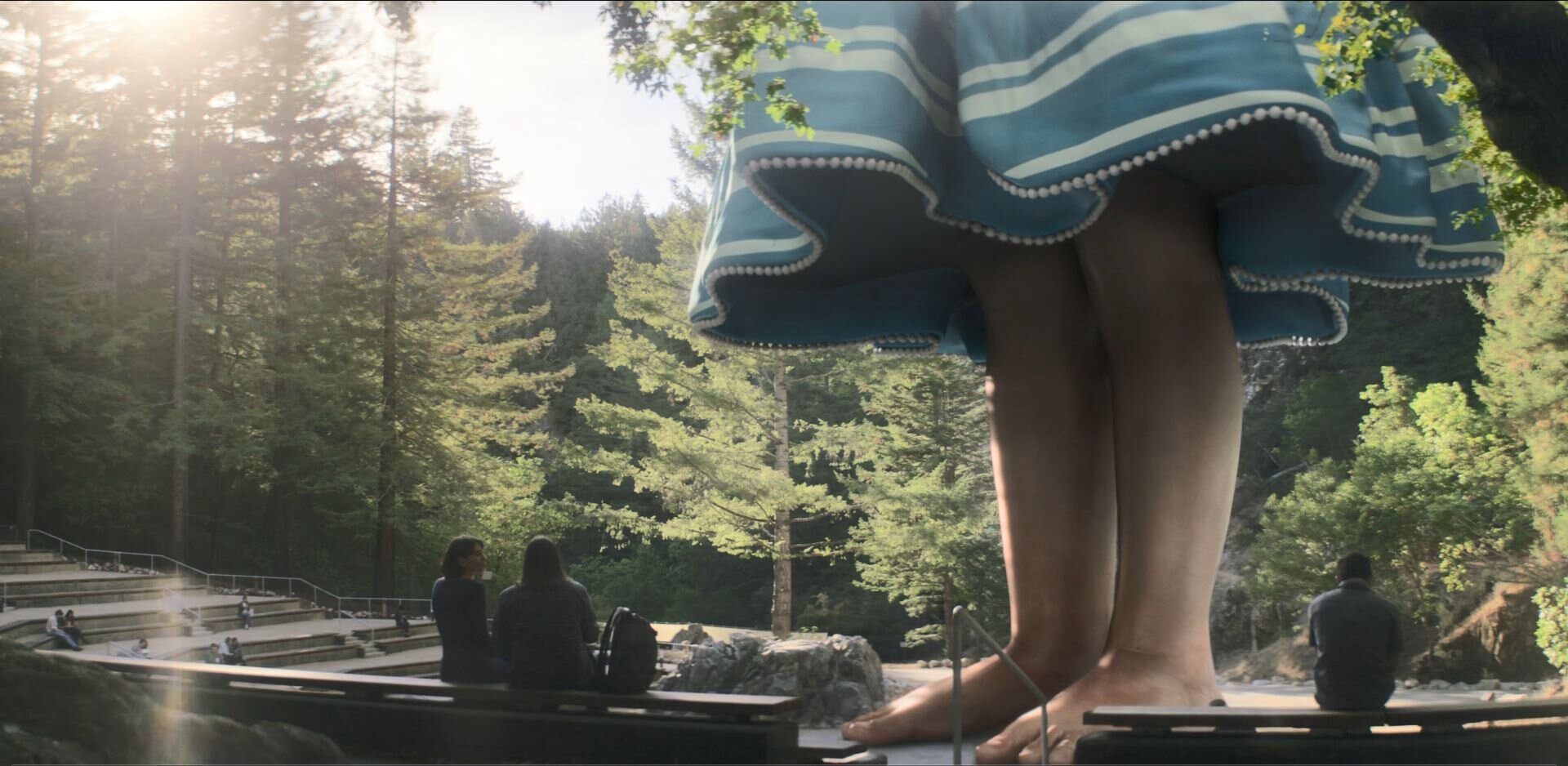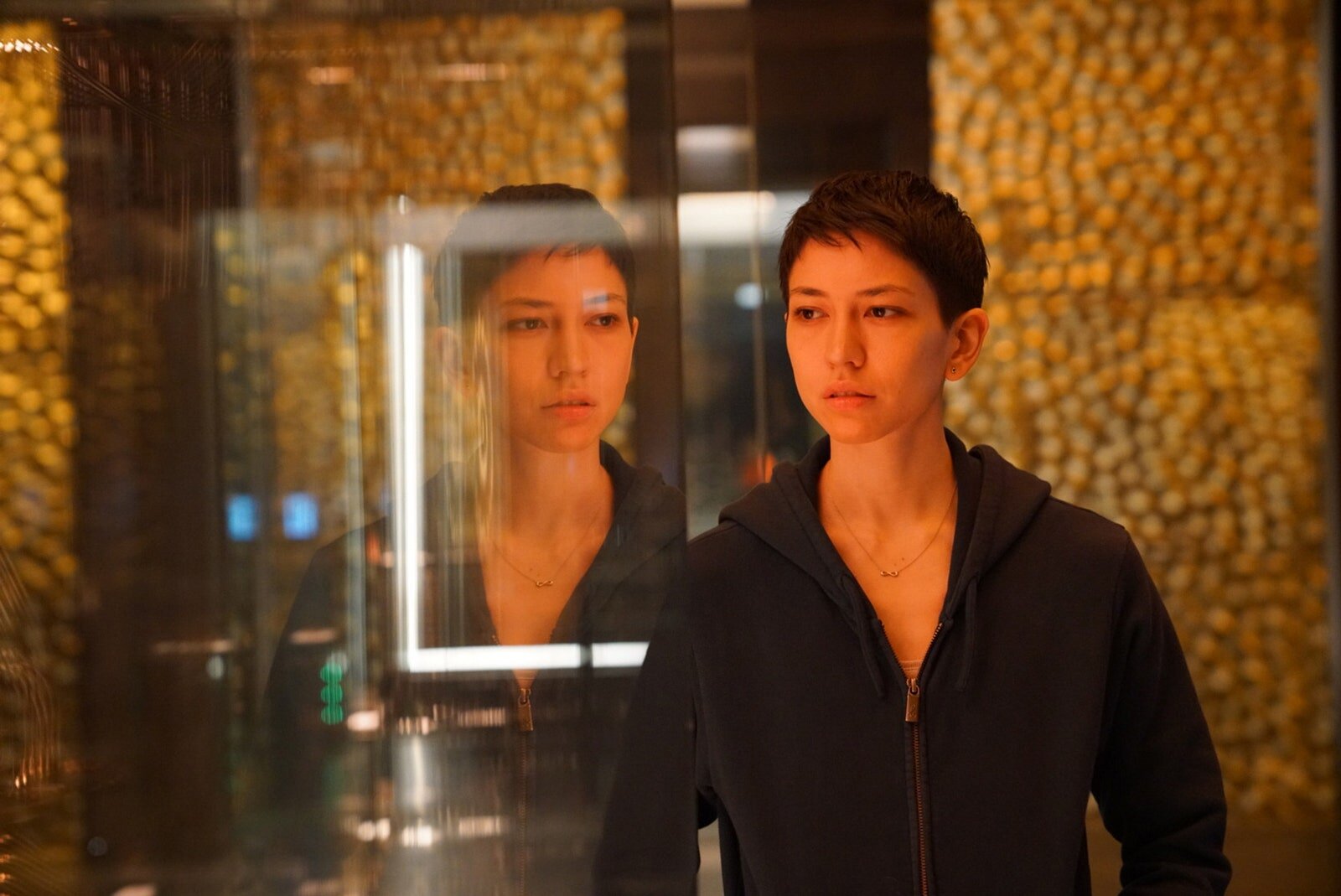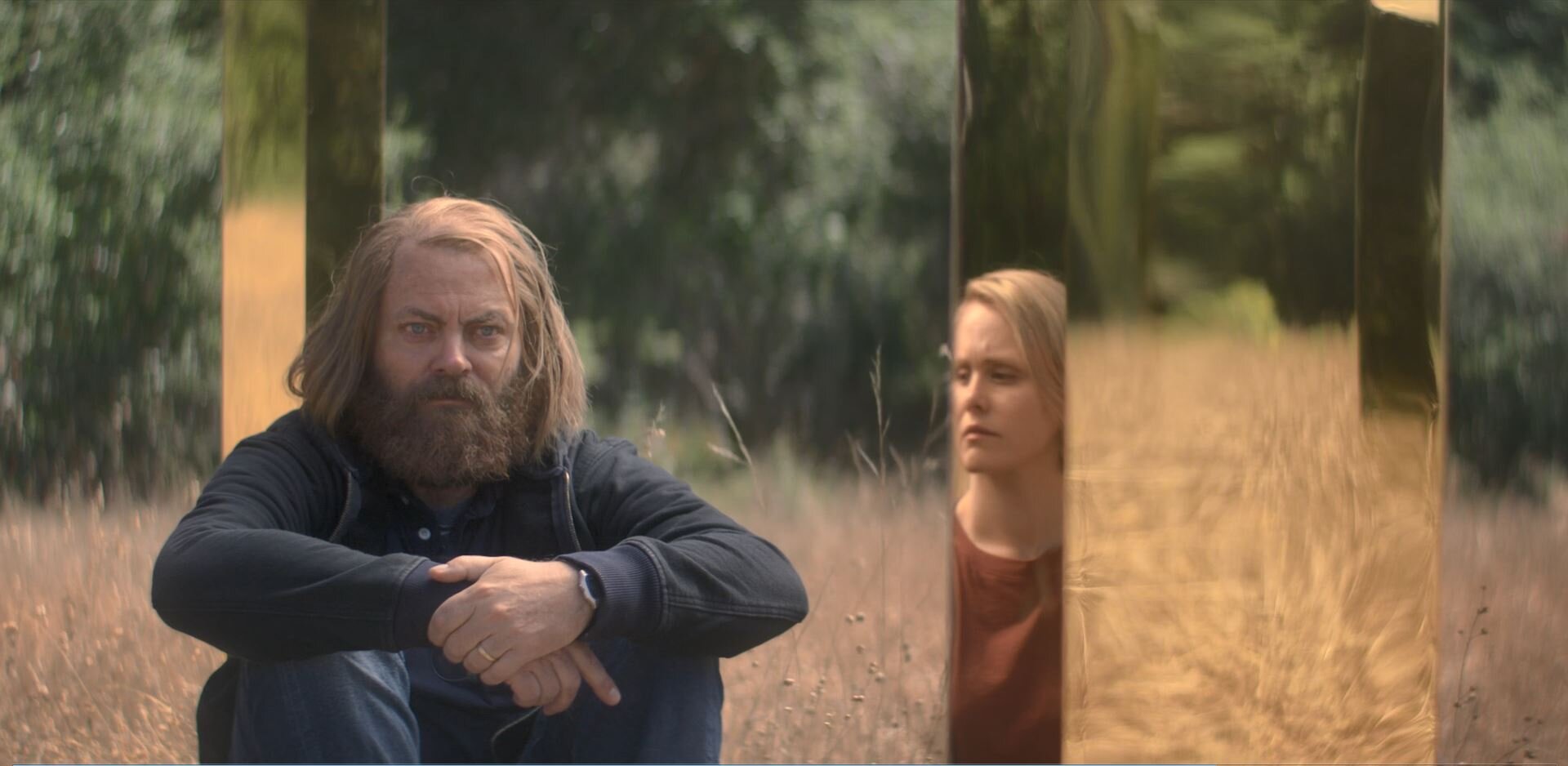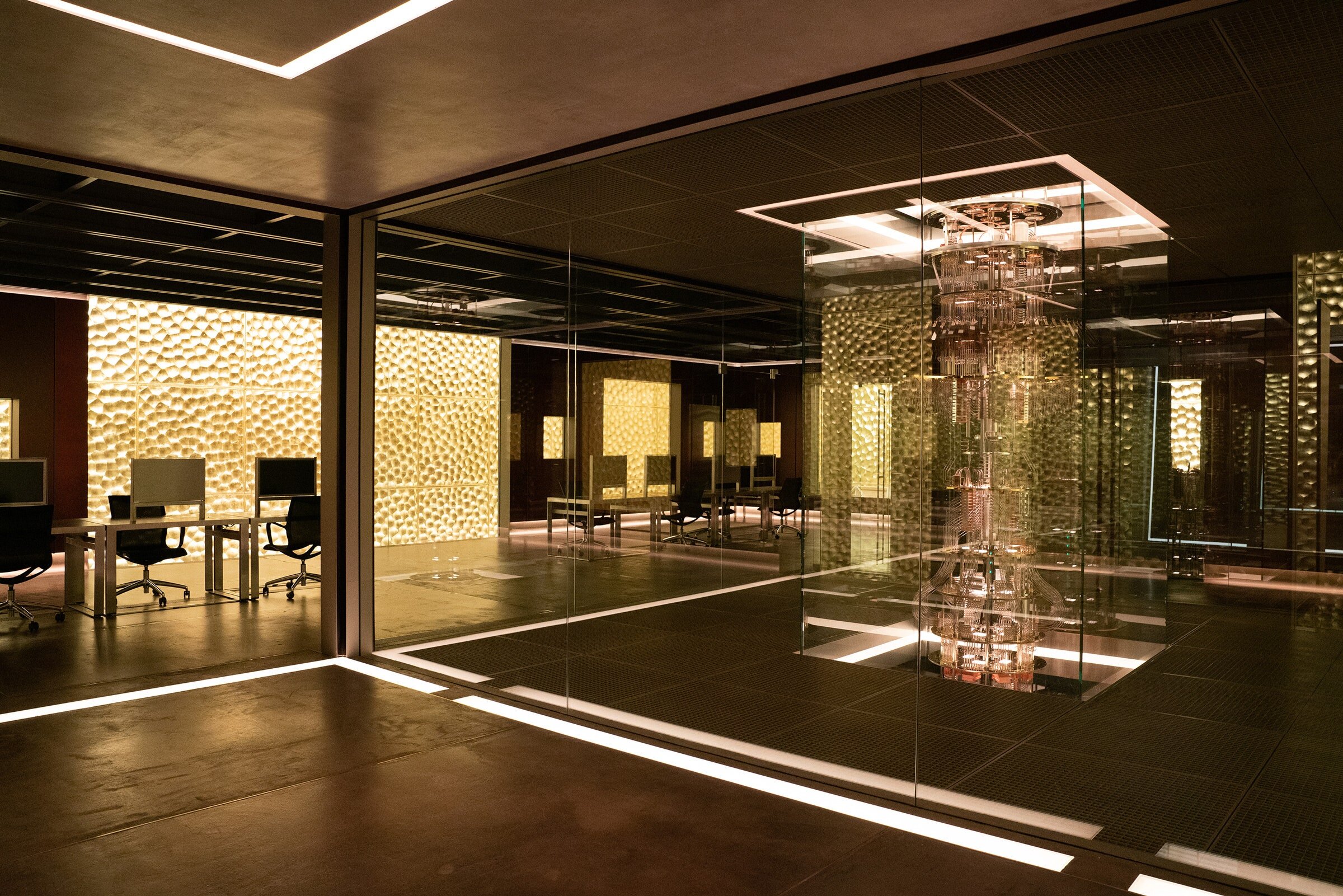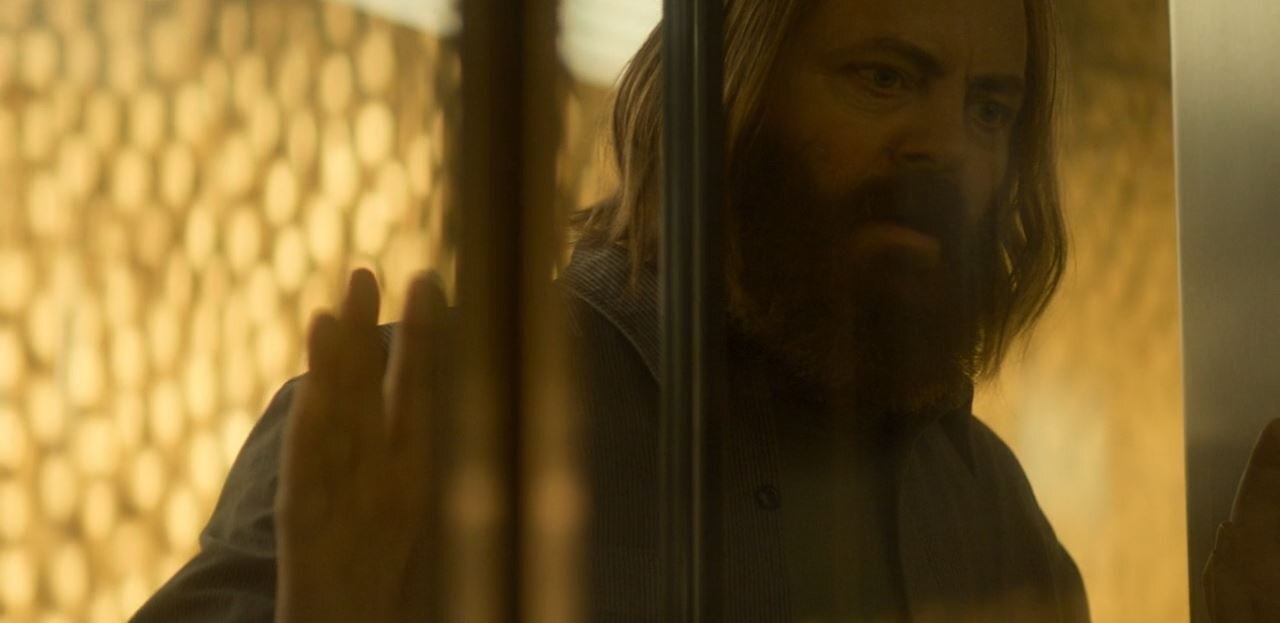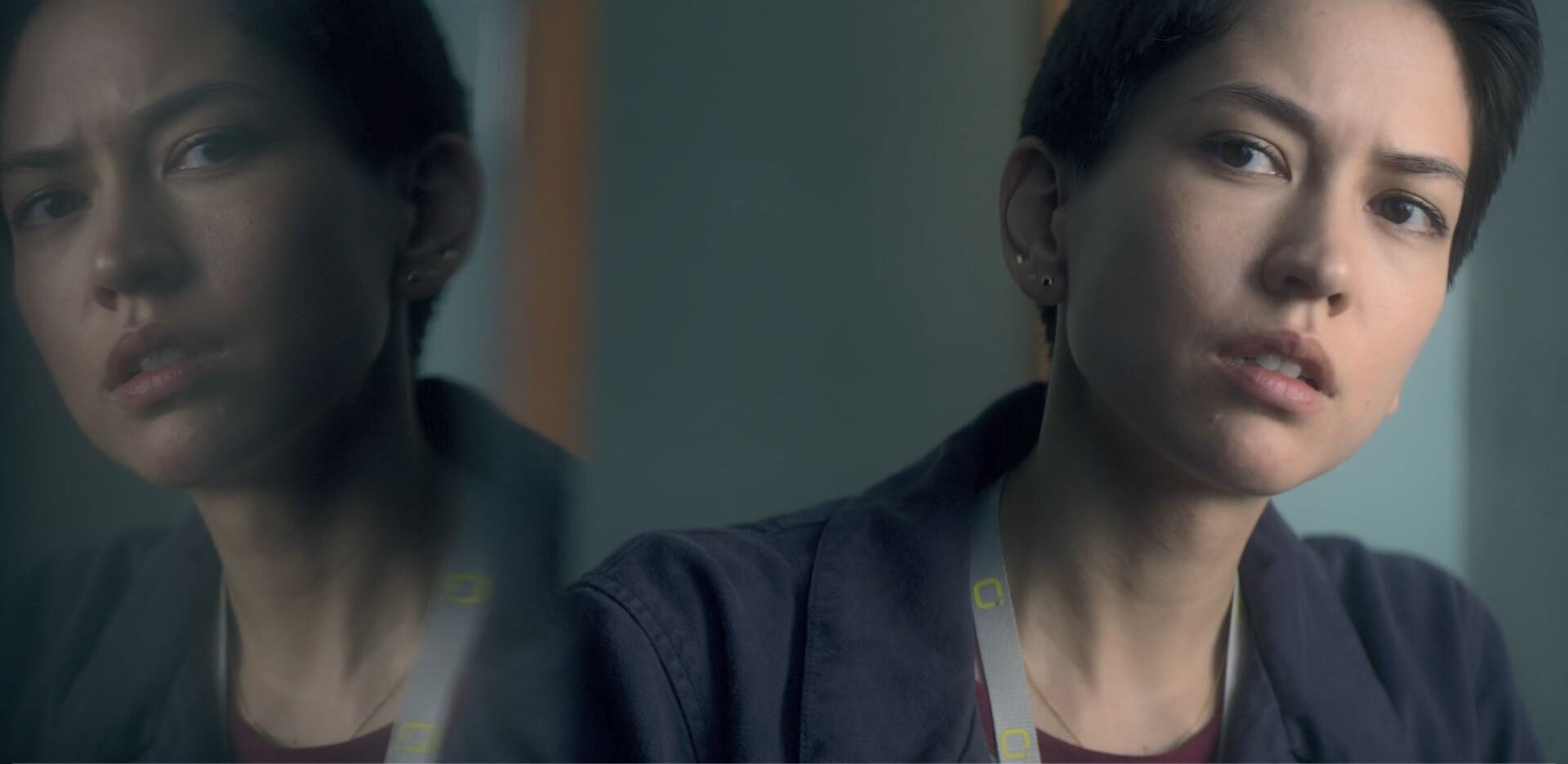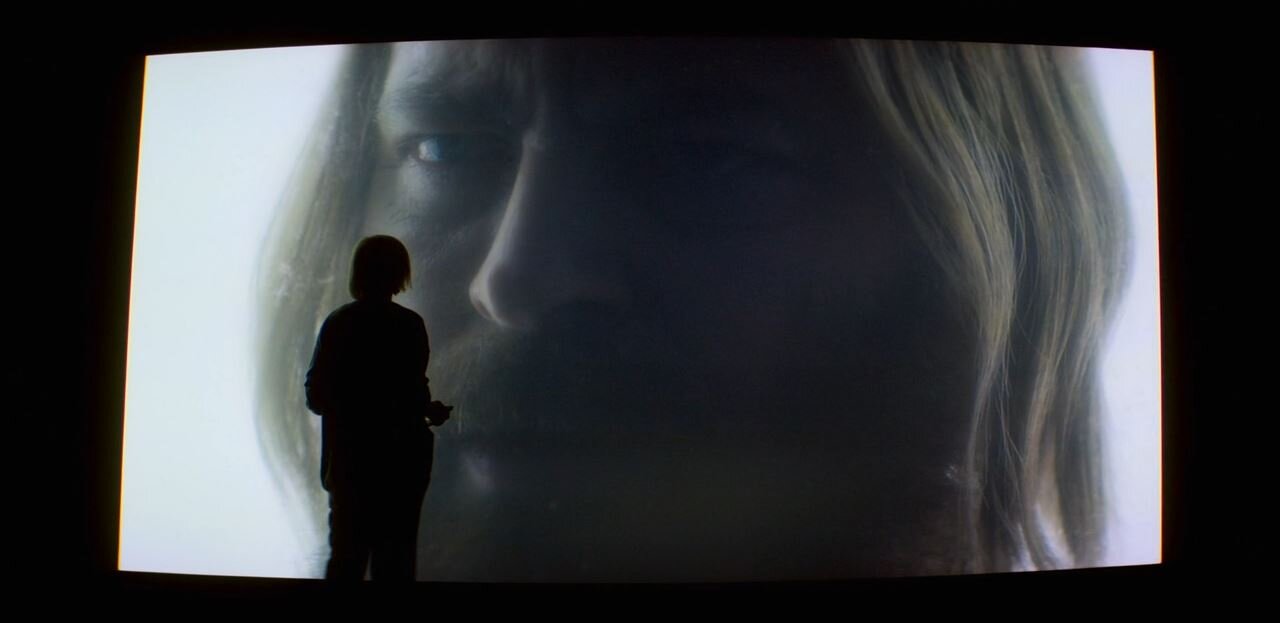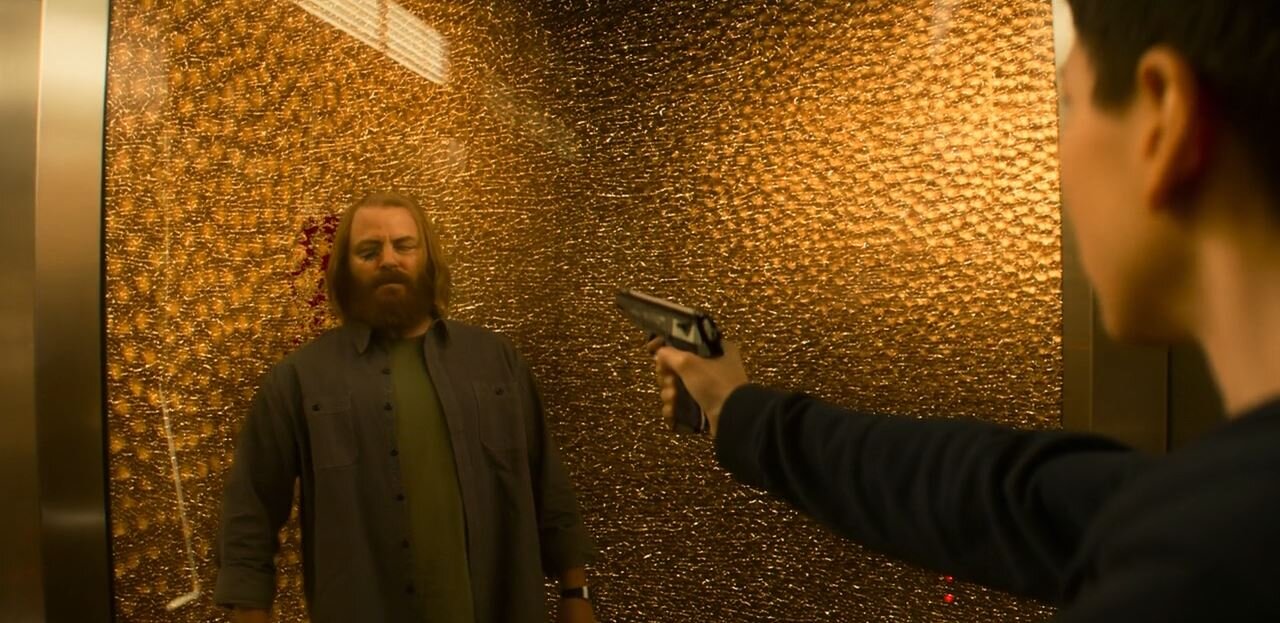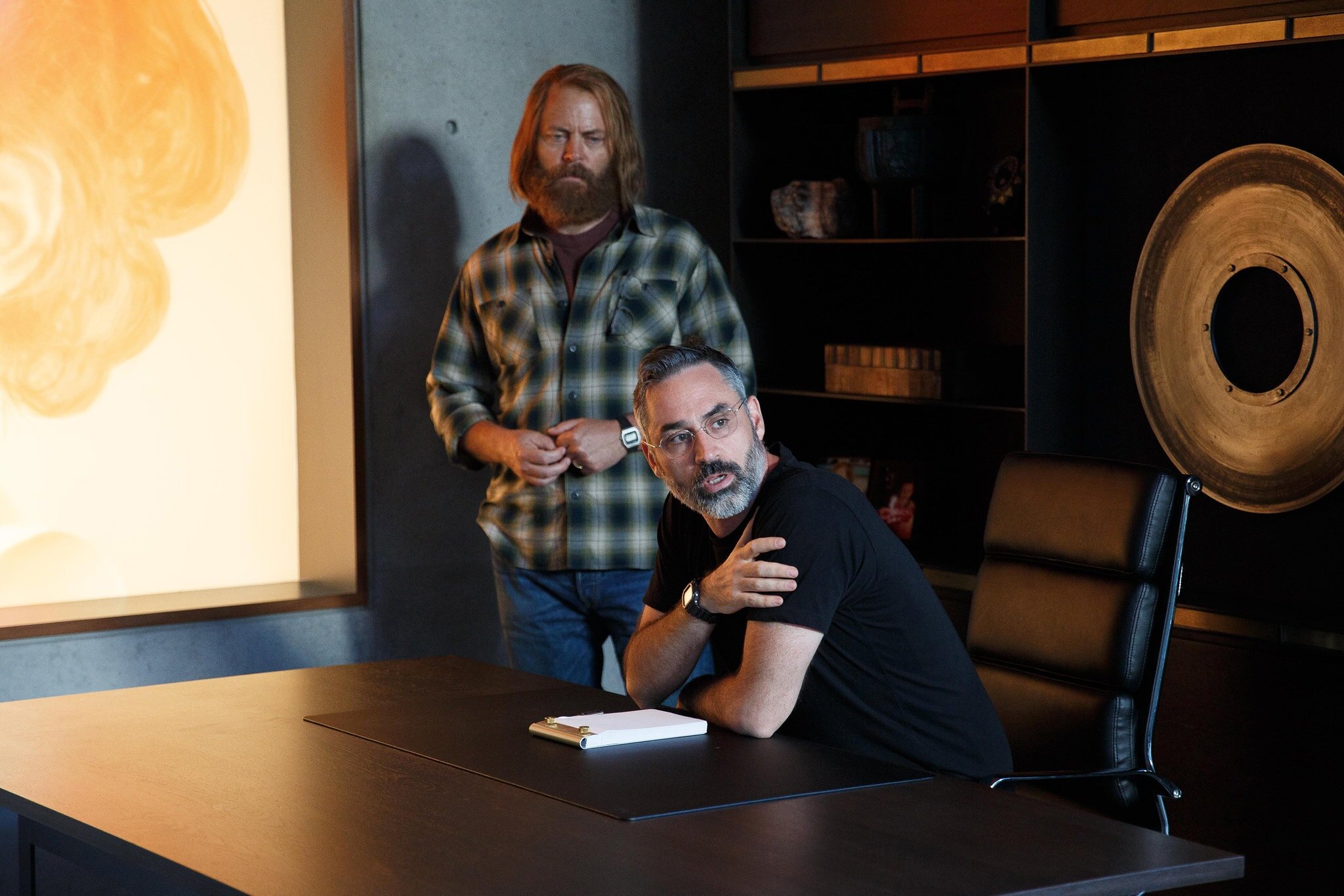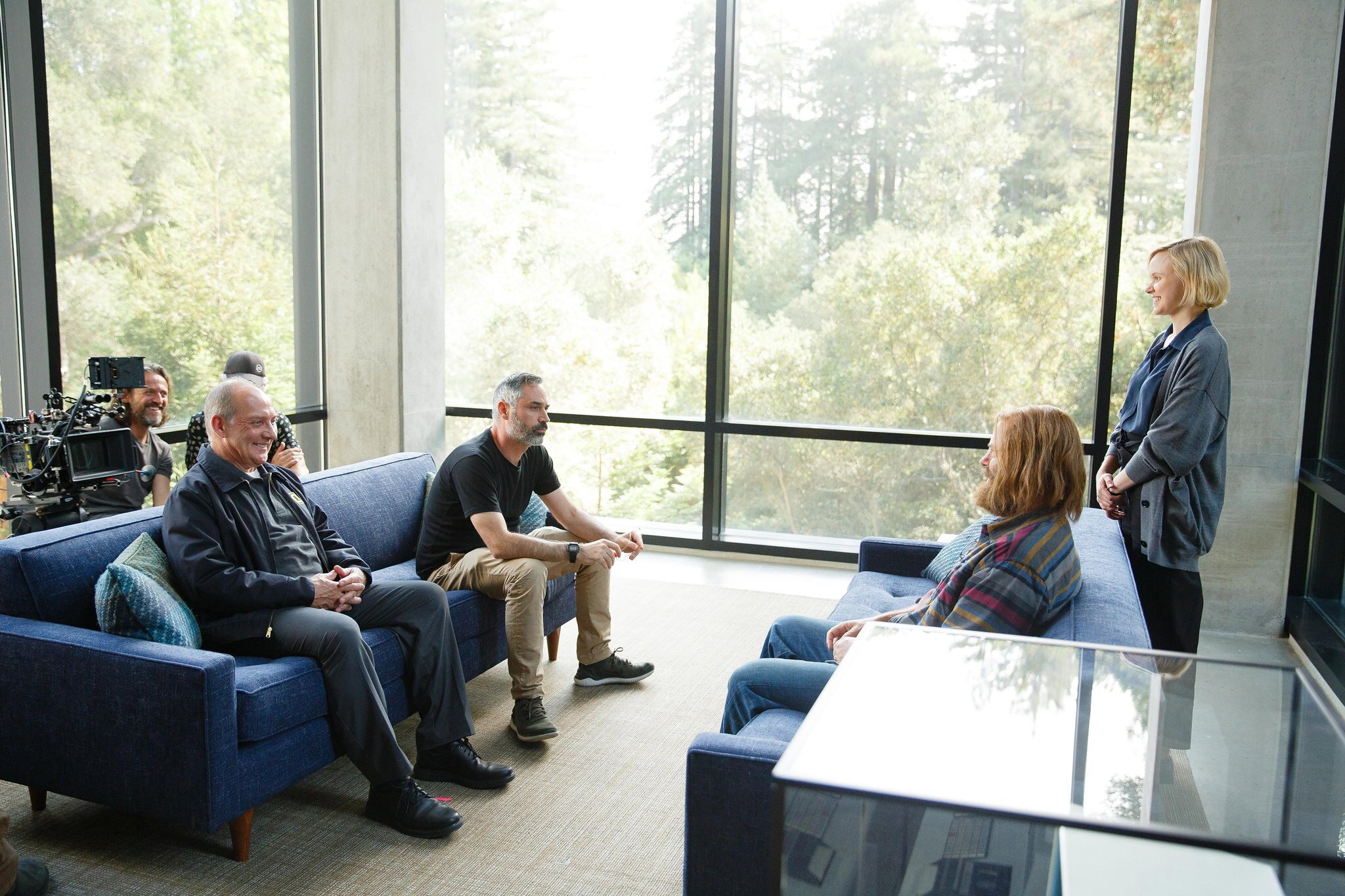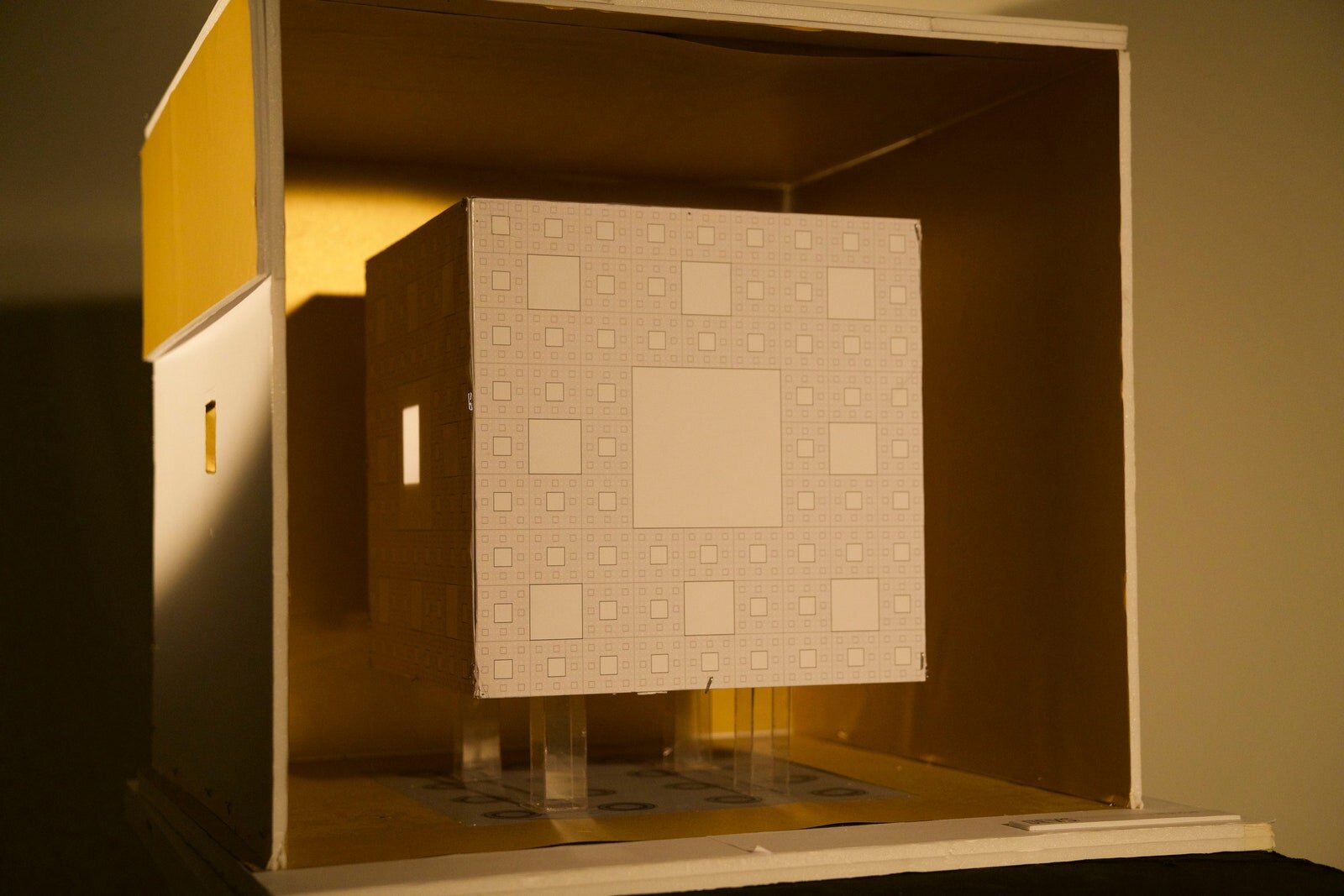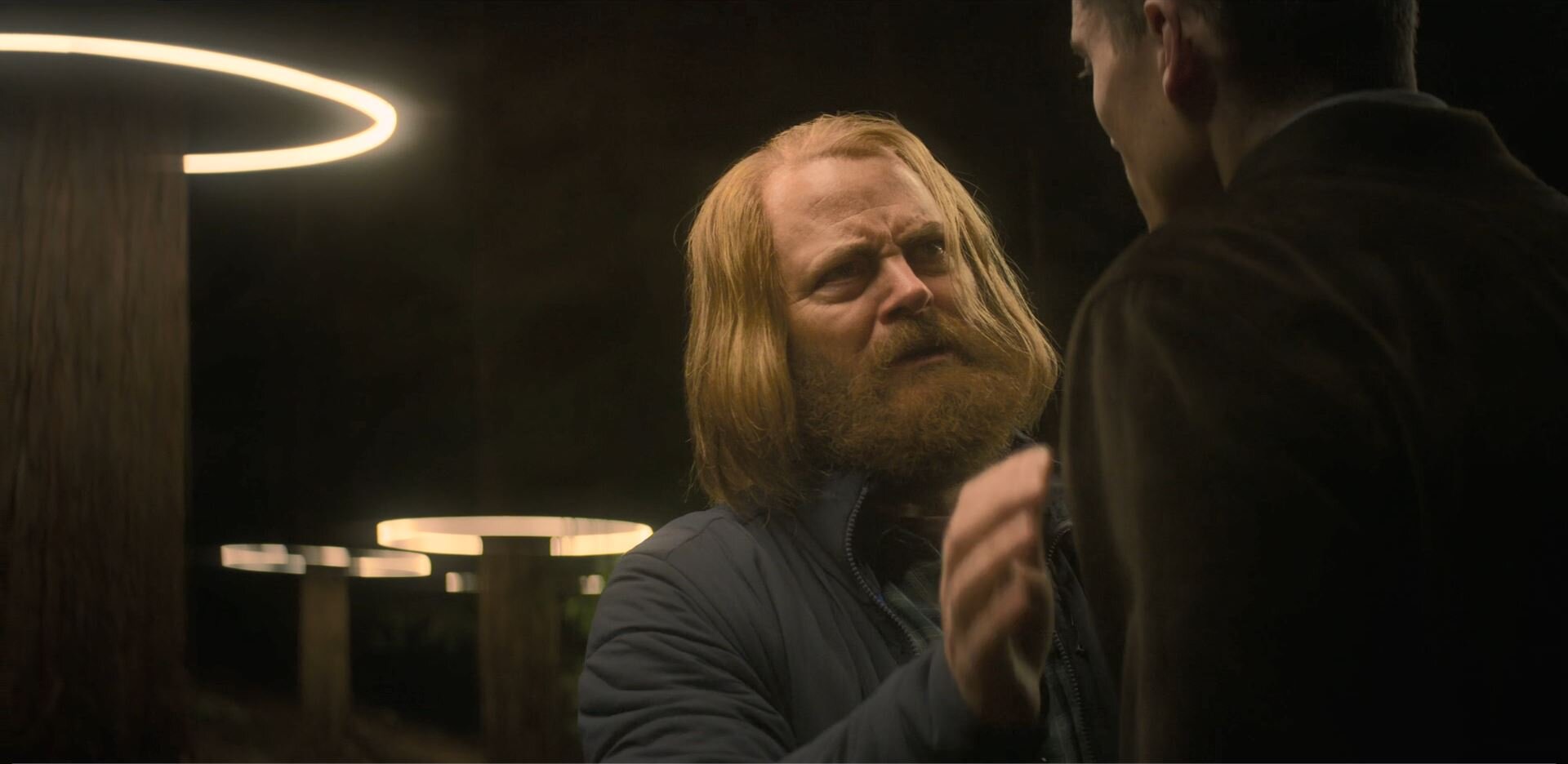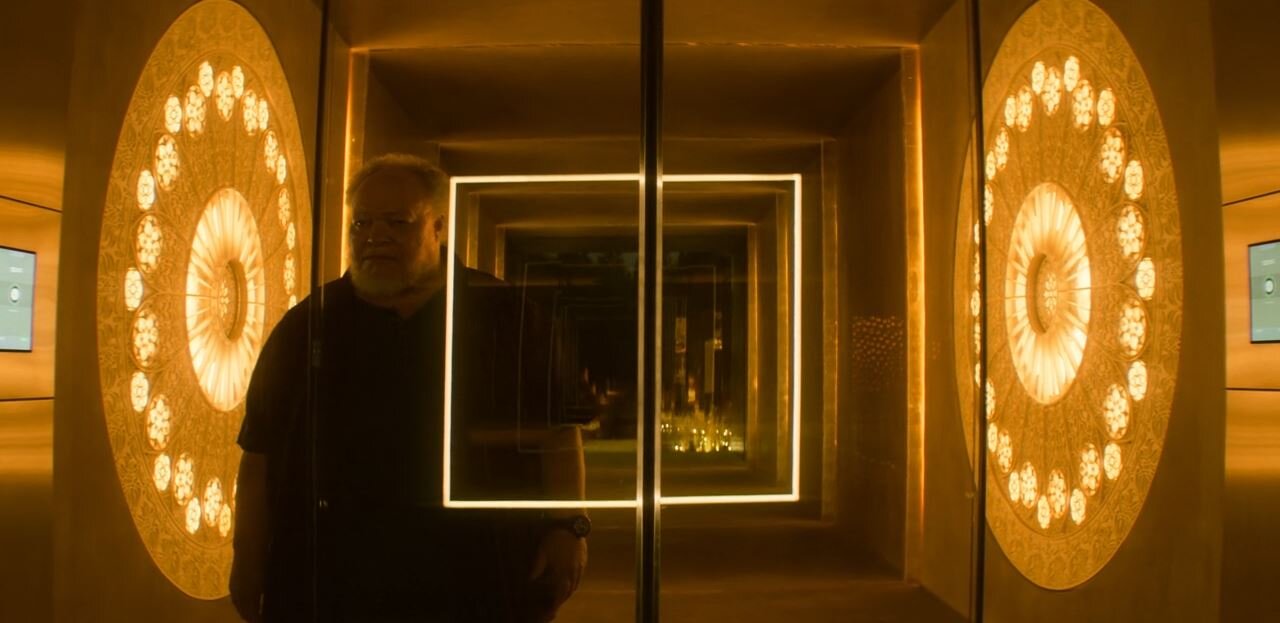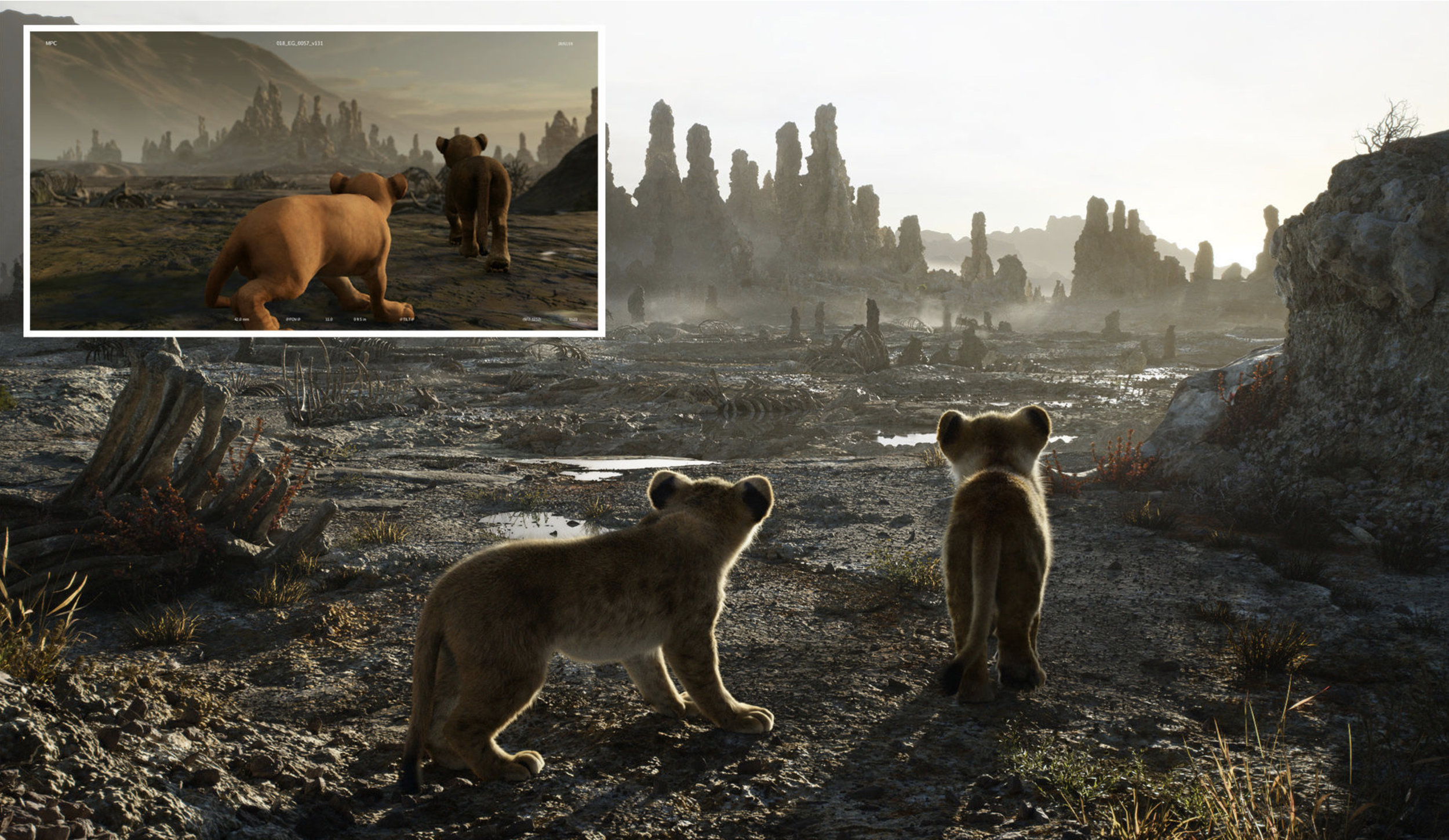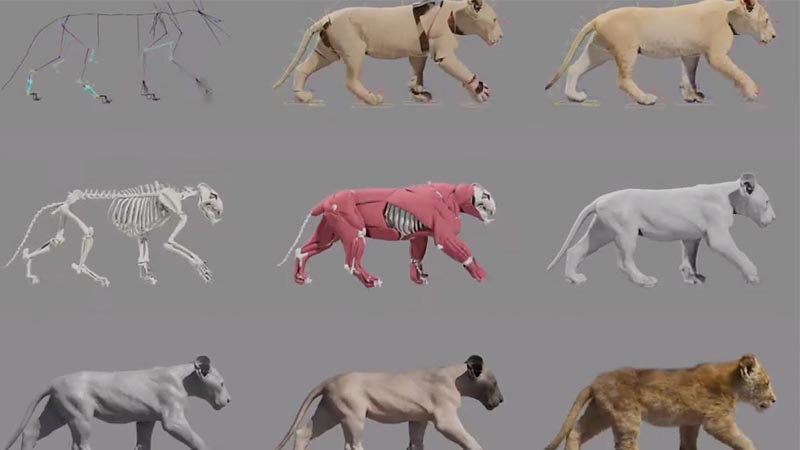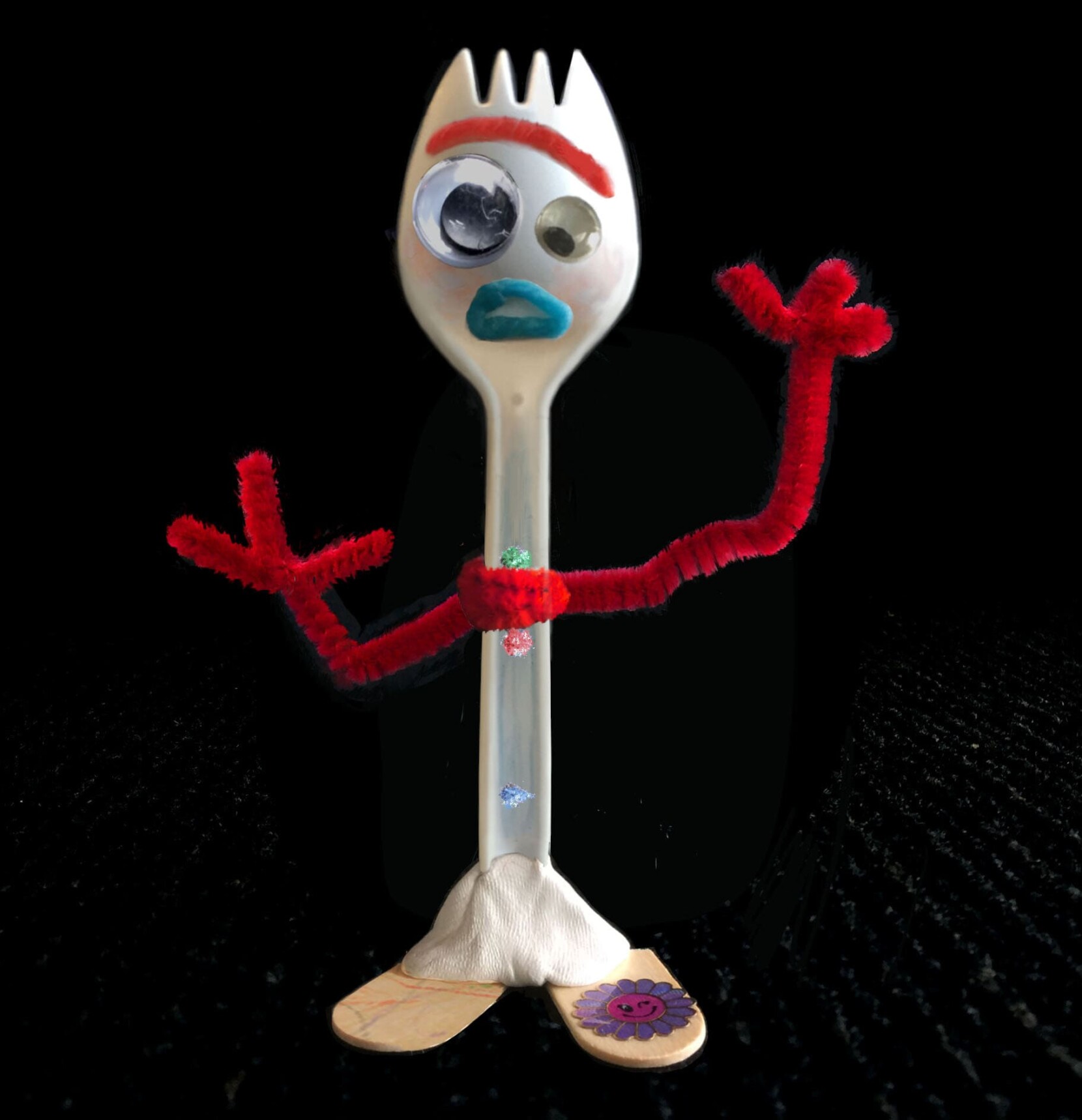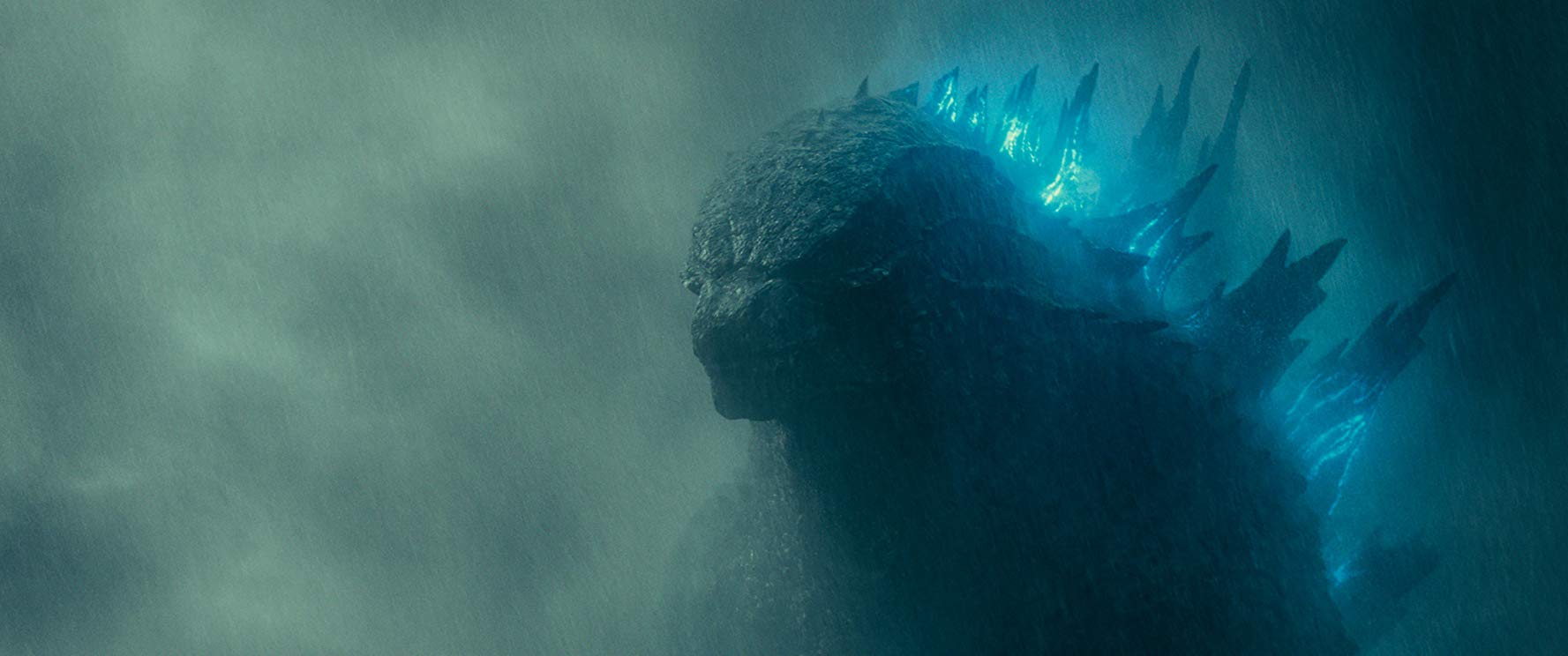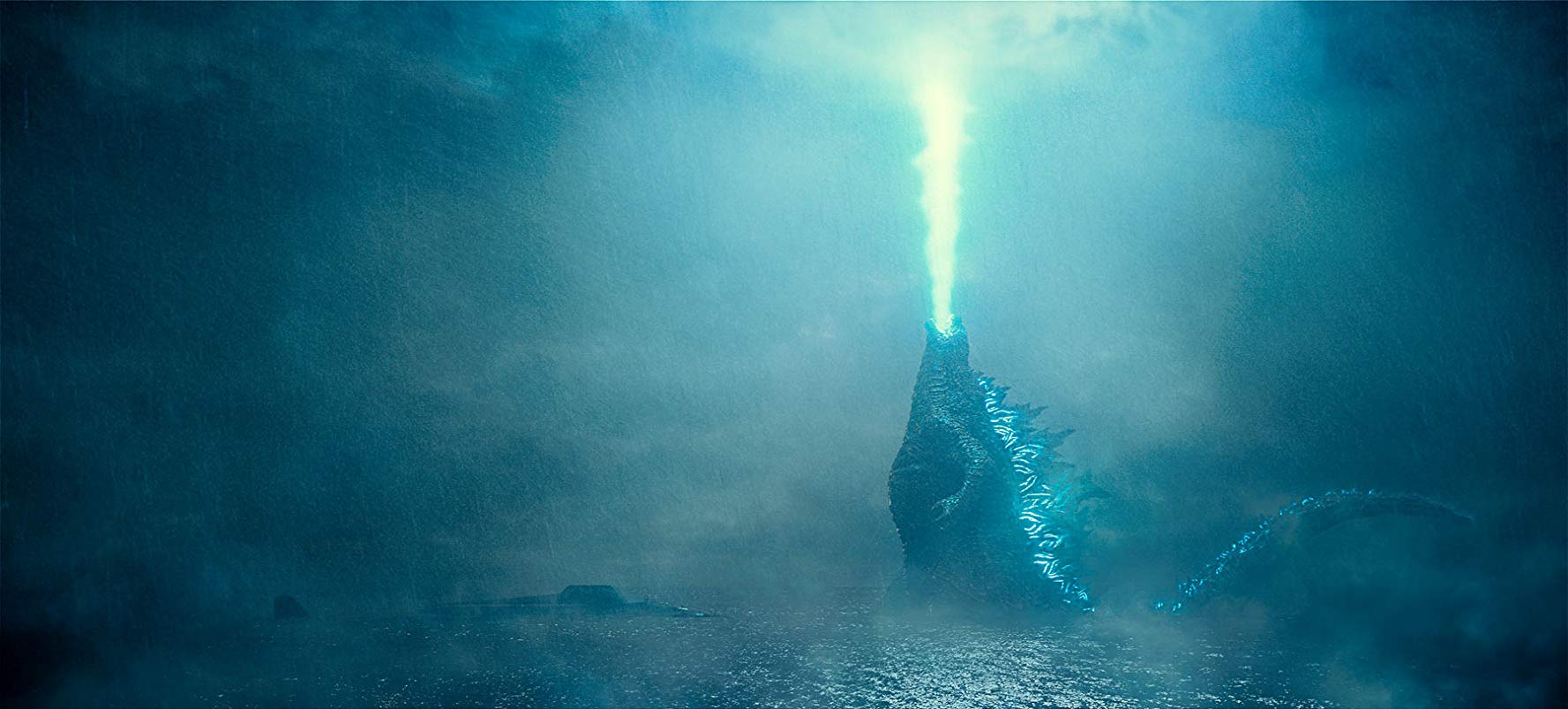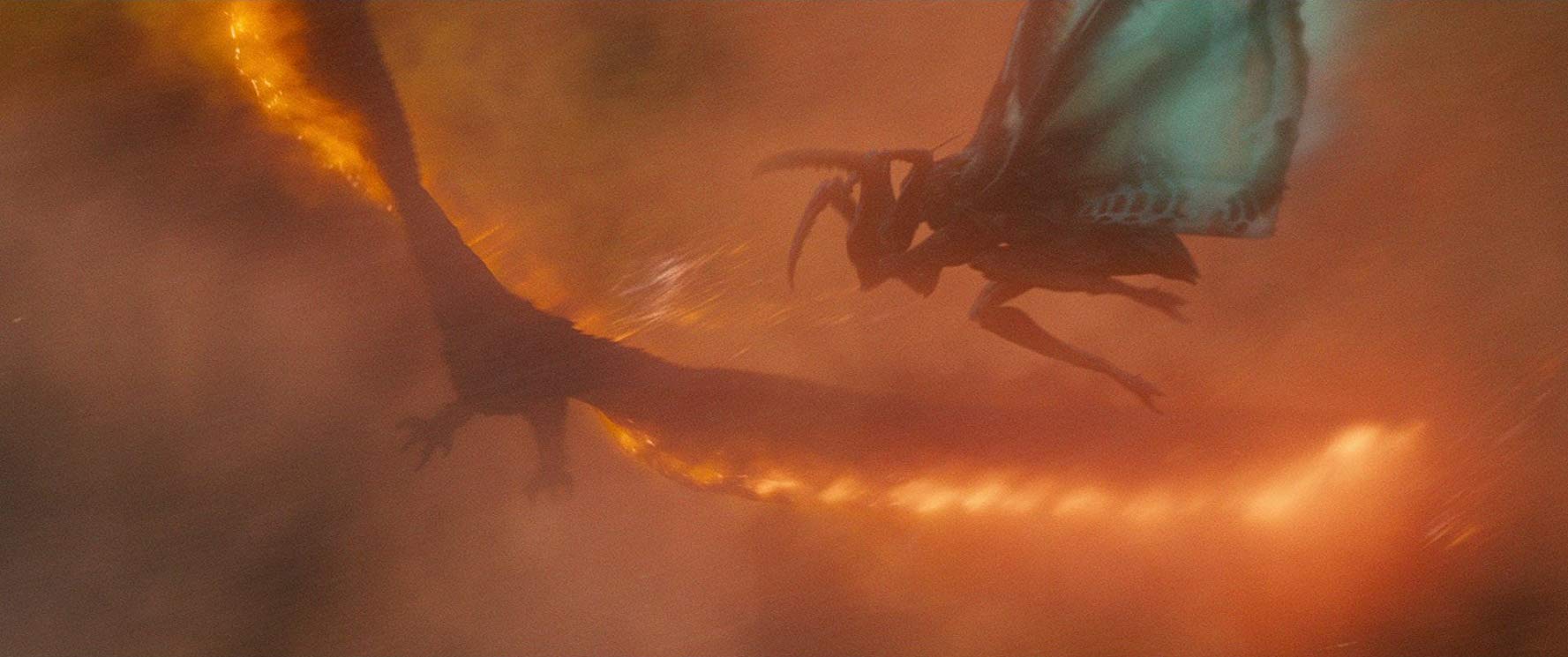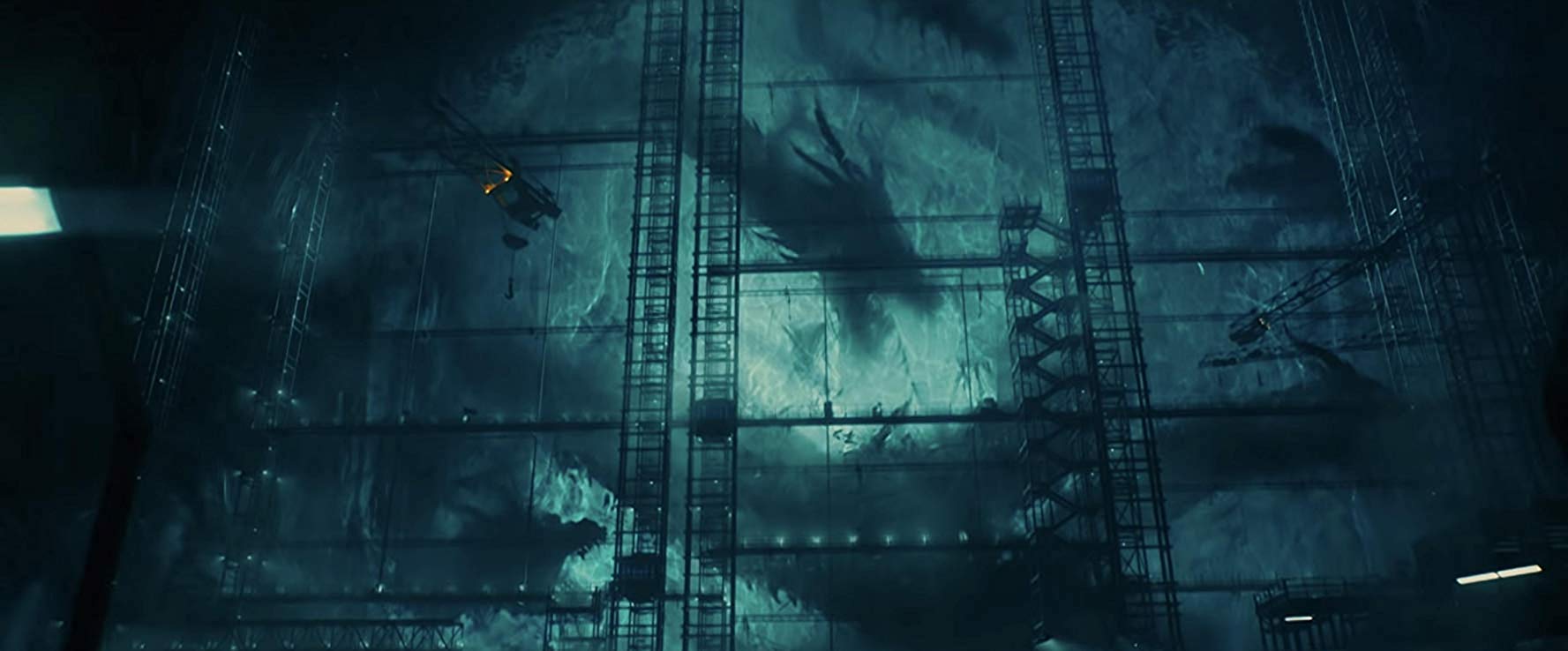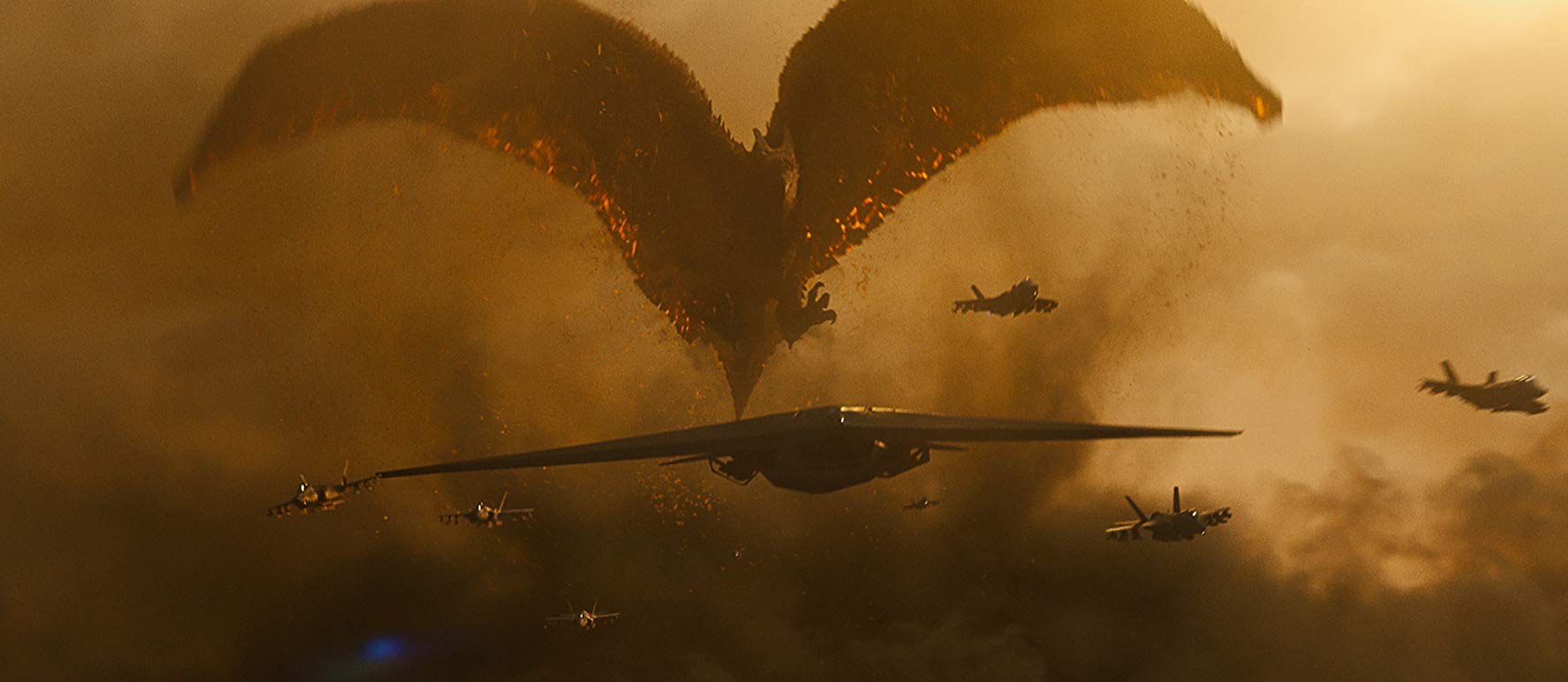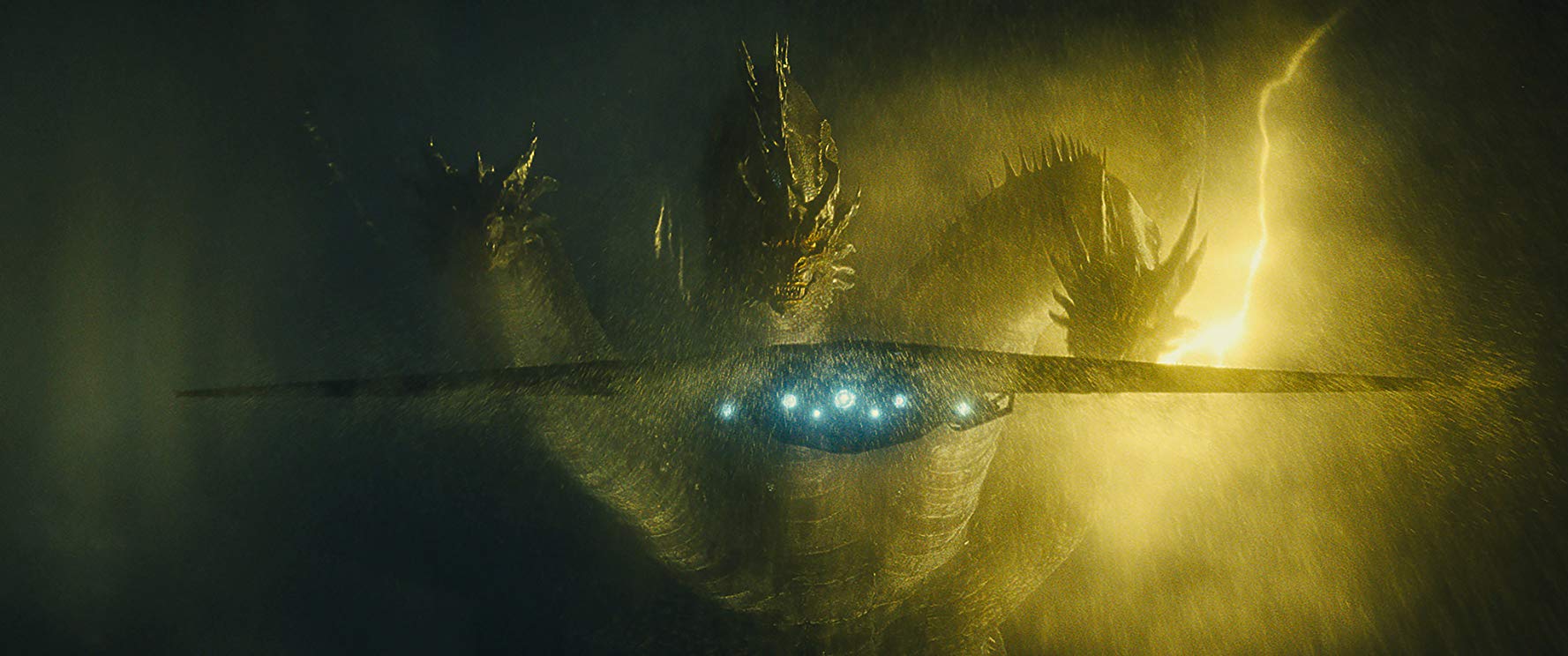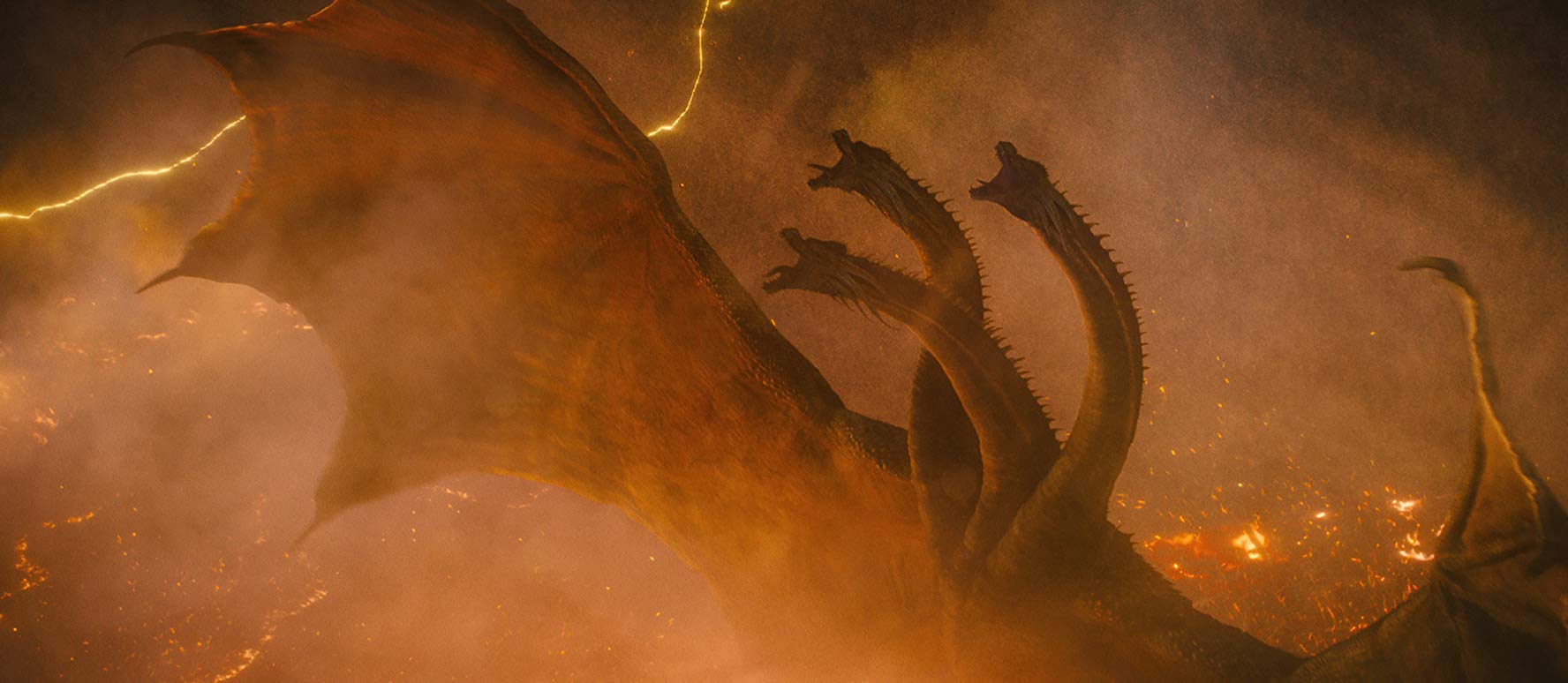Ridley Scott has long been one of my all time favorite filmmakers. While he certainly has laid a few eggs along the way, his films are the ones that I return to more often than any others. Ian Nathan wrote this coffee table style book that is really a broad survey of all of Scott’s work to date. It goes deep in a few key sections and glosses over some lesser received projects. I highly recommend the book to any big fans of his work. Its a must have for the home library.
Landing on Mars.
This is the coolest thing I think I’ve ever seen.
VFX Show 253: Wonder Woman 1984
Mike Seymour, Jason Diamond, & Matt Wallin get gnarly and talk about the like totally awesome tubular visual effects in Wonder Woman 1984. Listen to the radical discussion online at FX Guide. Also check out Mike, Jason, & Matt in the 80’s in the images below.
VFX Show 252: Tenet
Mike Seymour, Jason Diamond, and Matt Wallin live in a twilight world and there are no friends at dusk. We pass through a lazy-Susan/turnstile and use entropy to talk backwards catching IMAX frames on our Apple Watches as we talk about Christopher Nolan’s TENET.
VFX Show 251: David Lynch's - Dune
The sleeper has awakened! Mike Seymour, Jason Diamond, and Matt Wallin fold space to find the Kwisatz Haderach on the latest retro episode of the VFX Show as we explore David Lynch’s divisive 1984 epic, Dune.
Eight-one Eleven
Eighty-one eleven is hosted by visual effects artist and VCUarts Professor Matt Wallin, V.E.S. (also co-host of FX Guide's VFX Show podcast). Each episode is a conversation with a guest who worked at George Lucas' Industrial Light and Magic during its 40+ year history. Guests discuss their journeys and career paths, and how working at ILM changed them.
But its really just an excuse to catch up with old friends. New episodes every Monday. Subscribe for free in your favorite pod catcher.
VFX Show 250: Raised By Wolves
Jason Diamond, Mike Seymour, and Matt Wallin land on Kepler 22B after the annihilation of Earth. On the latest show we talk about the wild plot and the visual effects in Ridley Scott’s epic series, Raised By Wolves.
VFX Show 249: Greyhound
Mike Seymour, Jason Diamond, and Matt Wallin come up to periscope depth from the Covid-19 pandemic to discuss the action packed Tom Hanks’ film Greyhound. A hard left rudder chat on visual effects, streaming feature films, and our favorite “dad” war movies.
VFX Show 248: DEVS
Mike Seymour, Jason Diamond, & Matt Wallin discuss free will, determinism, the multiverse, quantum computing, and the genius of Alex Garland’s DEVS.
The Art of Space: Art and Science: A Match Made in the Heavens
VFX Show 247: The Rise of Skywalker
The dead speak! Mike Seymour, Jason Diamond, and Matt Wallin discuss JJ Abrams’ Star Wars: The Rise of Skywalker and the end of an era. Listen online at FX Guide.
VFX Show 246: The Mandalorian
Mike Seymour, Jason Diamond, and Matt Wallin decide to shoot their way out rather than self-destruct as they discuss the visual effects and production tech in Jon Favreau’s The Mandalorian. Listen online at FX Guide.
Best Visual Effects of the 2010's
Visual effects in the 2010’s exploded the realm of the possible for filmmakers. The breadth and depth of the work generated around the world in the past decade has been nothing short of phenomenal. We’ve seen groundbreaking developments in photorealism across multiple disciplines seamlessly integrated into film and television work on a massive scale. As we approach 2020 it seems like things are just getting started.
One of the most notable benchmarks from my perspective was Life of Pi. Rhythm and Hues broke new ground with the character and environment work on the film and paved the way for more amazing work by filmmakers and studios in subsequent films like the Planet of the Apes trilogy, the Jungle Book, and the Lion King. Animals can be animated and rendered with pitch perfect realism.
Drilling down, there are two sequences in particular that have stuck in forefront of my brain for the better part of the decade more than any others.
The first was Lola’s work creating the “skinny Steve” sequence in Captain America: The First Avenger. The composting work and integration of Chris Evans face and performance onto the body of another actor was seamless and helped create a believable origin story for the title character. Lola’s work on this project, their de-aging work, and the effectiveness of these storytelling visual effects has spurred other lines of technological development raising the bar further with even greater fidelity, new software, and hardware at other studios in films like this year’s Gemini Man and the Irishman. The augmentation of performances, fully digital humans, and hybrid techniques are inching the industry closer and closer to doing for humans what we’ve seen done so seamlessly for animals. I predict that the next decade will see the first fully indistinguishable human performance visual effects in a major project. Some might argue that we’ve already seen it.
The second sequence that I just loved and can’t seem to get out of my head was the final confrontation on Alex Garland’s film Annihilation. While it wasn’t groundbreaking visual effects on a technical level, it was profoundly effective on a story and character level in a way that I found deeply satisfying and captivating. The Mandelbulb “alien” confrontation in the bowels of the lighthouse was the first mesmerizing moment. I believe it was done in Houdini and its undulating form, color, and illumination created a memorable raw alien form I hadn’t yet seen in a movie. The following symmetrical dance and fight between the protagonist and the doppelgänger was such an innovative use of performance capture and music brining story and theme together without dialogue. It epitomizes, for me, innovative visual effects serving to tell a story in a way that it couldn’t have been done otherwise. Not my favorite film of the decade, but certainly one of my favorite sequences by far.
Other standout visual effects that deserve an honorable mention from my perspective would include; Black Swan (the mirrors and the end sequence), Ex Machina (Ava), Her (those exterior environments of a future LA), Mindhunter (so many fantastic period environments), and Blade Runner 2049 (everything about it).
My top two films of the decade had only some invisible visual effects and make up effects; Call Me By Your Name and Border. If you haven’t seen those two films, do so. They’re both excellent. I can’t wait to see what realtime rendering, machine learning, and AI bring to the next decade of visual effects.
VFX Show 245: Gemini Man
Mike Seymour, real-life gemini man Jason Diamond, and Matt Wallin discuss the current state of the art in digital humans in Ang Lee’s, Will Smith vehicle, Gemini Man. Listen online at FX Guide.
VFX Show 244: Ad Astra & Ken Burns: Yacht Rock
We’re all you’ve got. Mike Seymour, Jason Diamond, and Matt Wallin drink piña coladas on Neptune with Brad Pitt as we discuss the visual effects in James Gray’s Ad Astra. Listen online at FX Guide.
VFX Show 243: The Lion King
Mike Seymour, Matt Leonard, and Matt Wallin sing “hakuna matata” as the discuss and explore the paradigm shifting virtual production techniques developed for filmmaker Jon Favreau’s “The Lion King”. Listen online at FX Guide.
CG Garage
I had the amazing opportunity to chat with Christopher Nichols on the Chaos Group podcast CG Garage at SIGGRAPH in Los Angeles this Summer. Thanks to Chris for a wonderful conversation and hosting me at his hideout.
Support CG Garage by subscribing online and/or giving a review in iTunes/Apple Podcasts.
Click on the image below to listen online.
VFX Show 242: Toy Story 4
Mike Seymour, Jason Diamond, and Matt Wallin talk Toy Story 4. “I am trash…” Click on Forky to listen online at FX Guide.
Turning Science Fiction Into Science Reality
VFX Show 241: Godzilla - King of the Monsters
Mike Seymour, Jason Diamond, and Matt Wallin wreak havoc on a massive scale as they talk Godzilla: King of the Monsters. Click on an image below to listen online at FX Guide.












